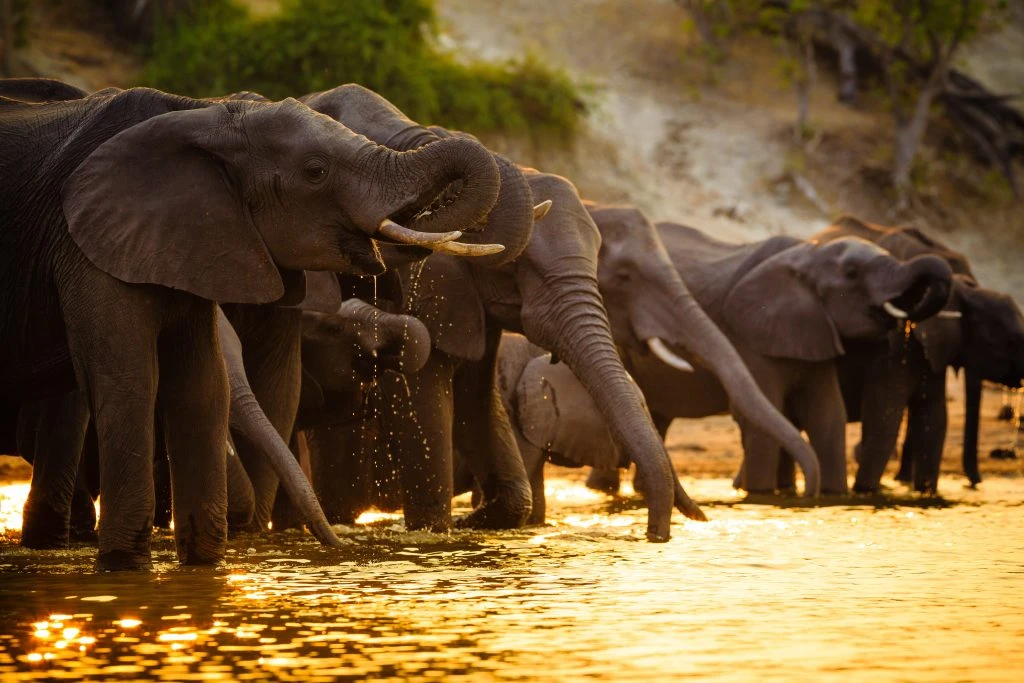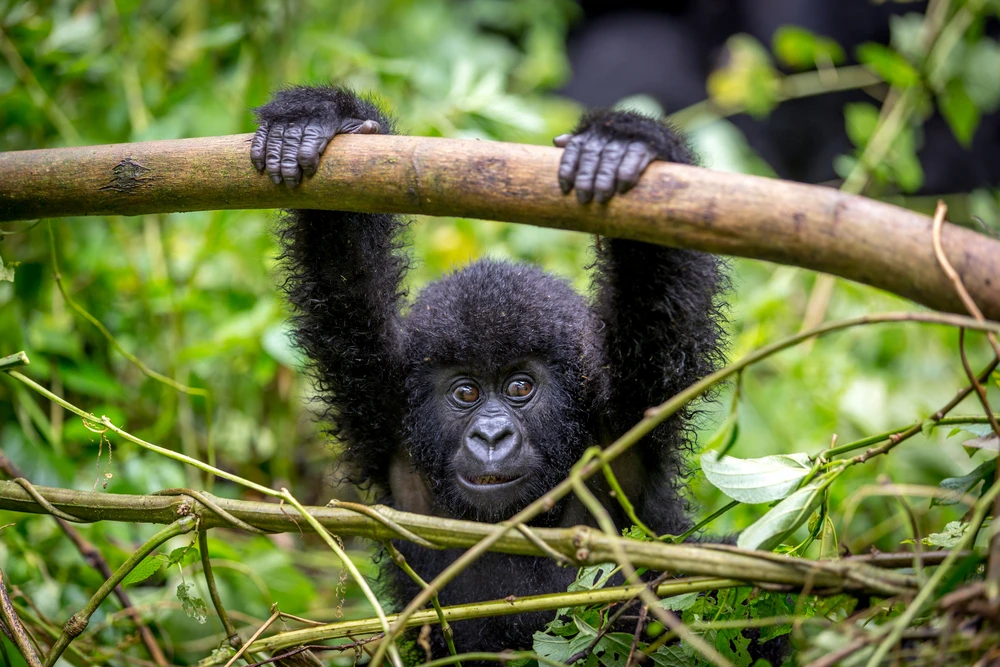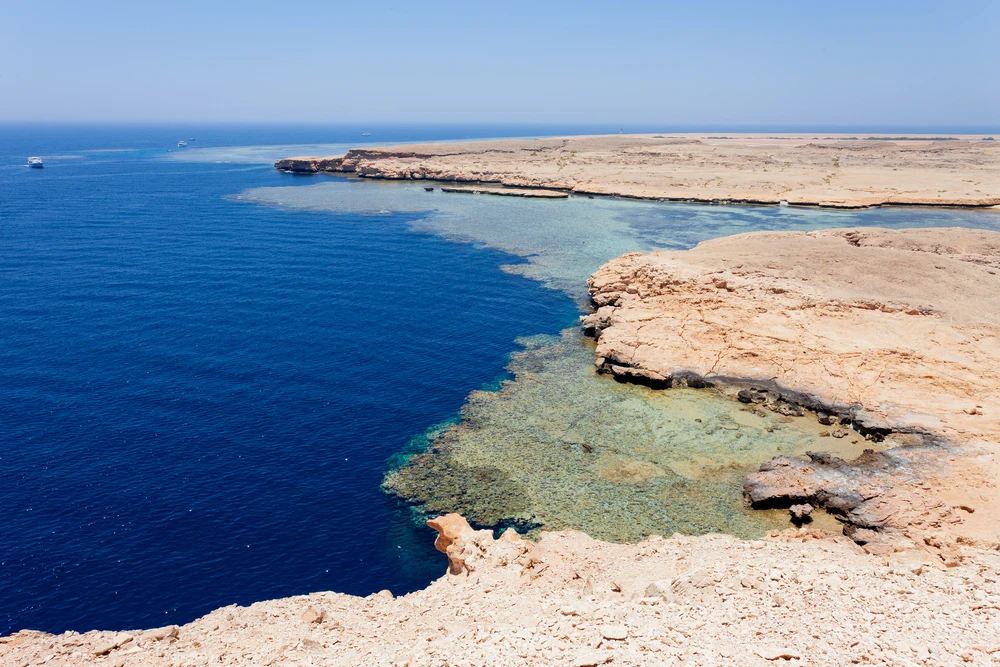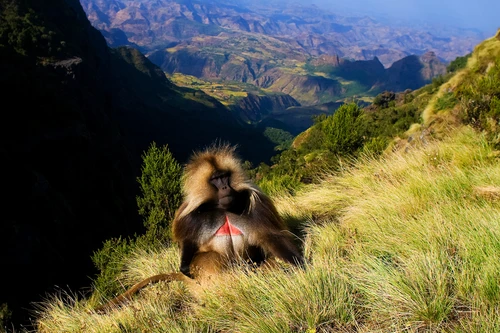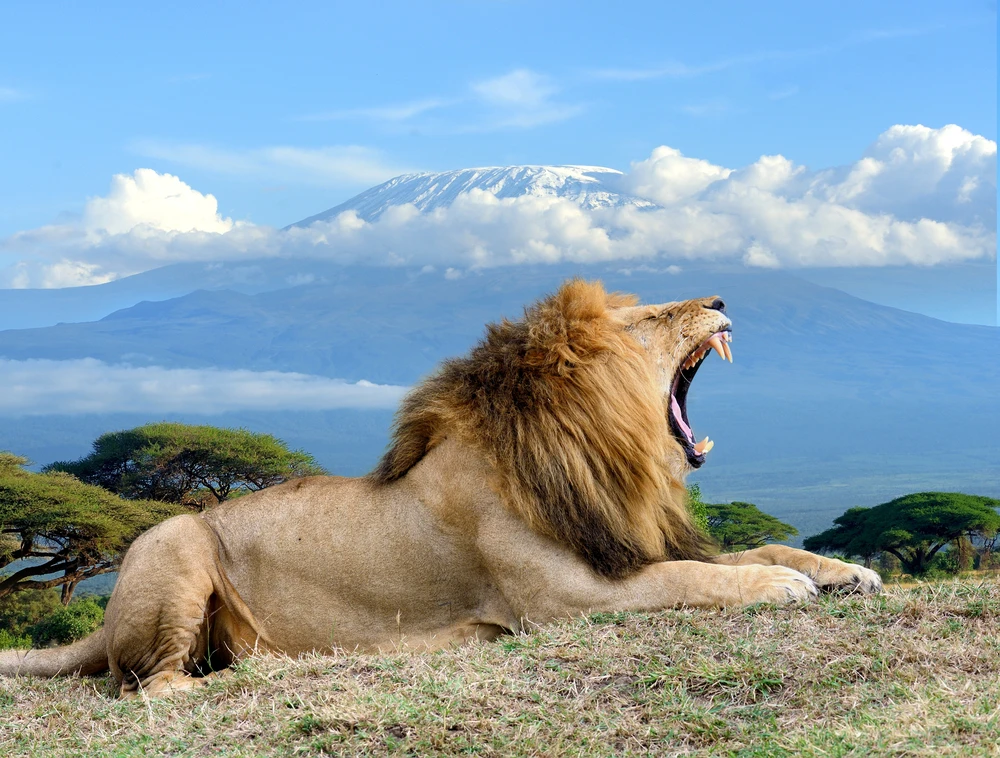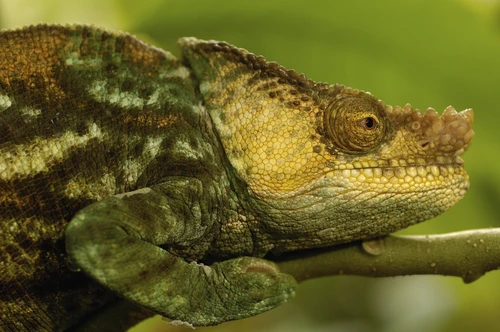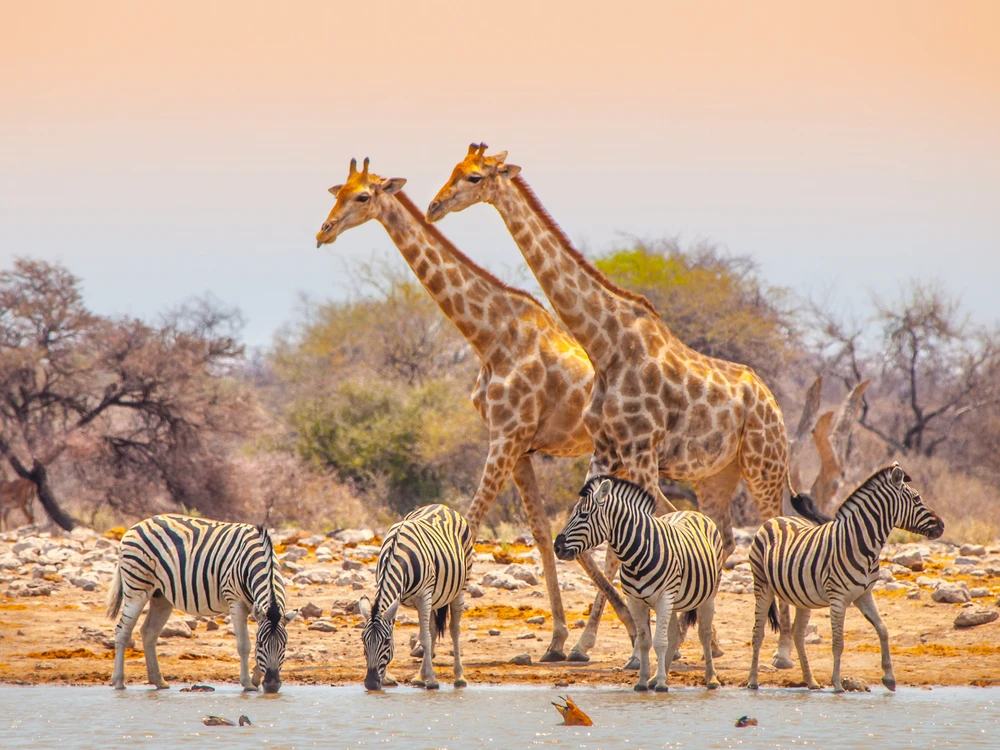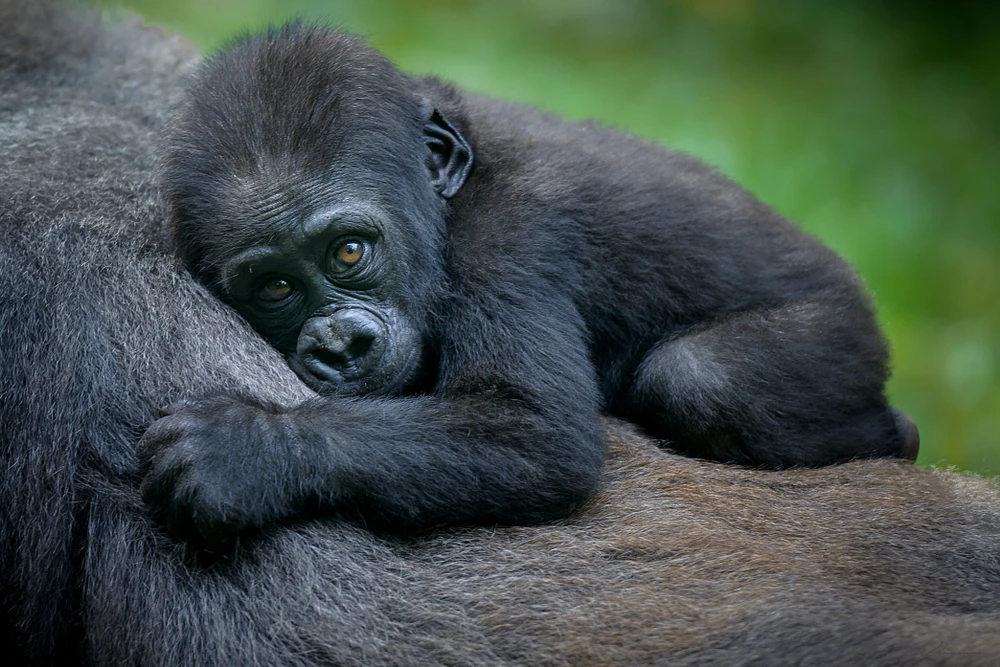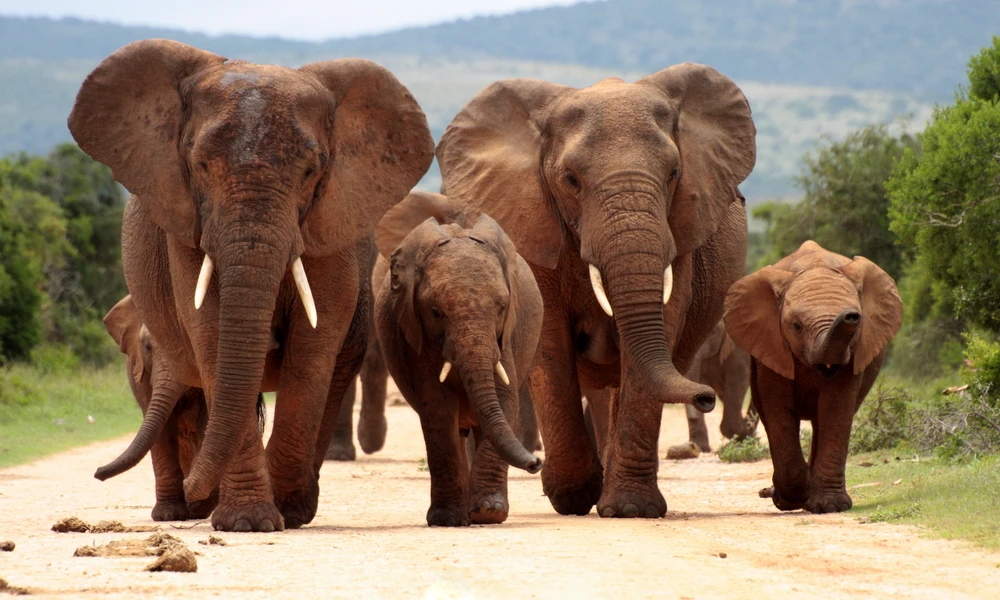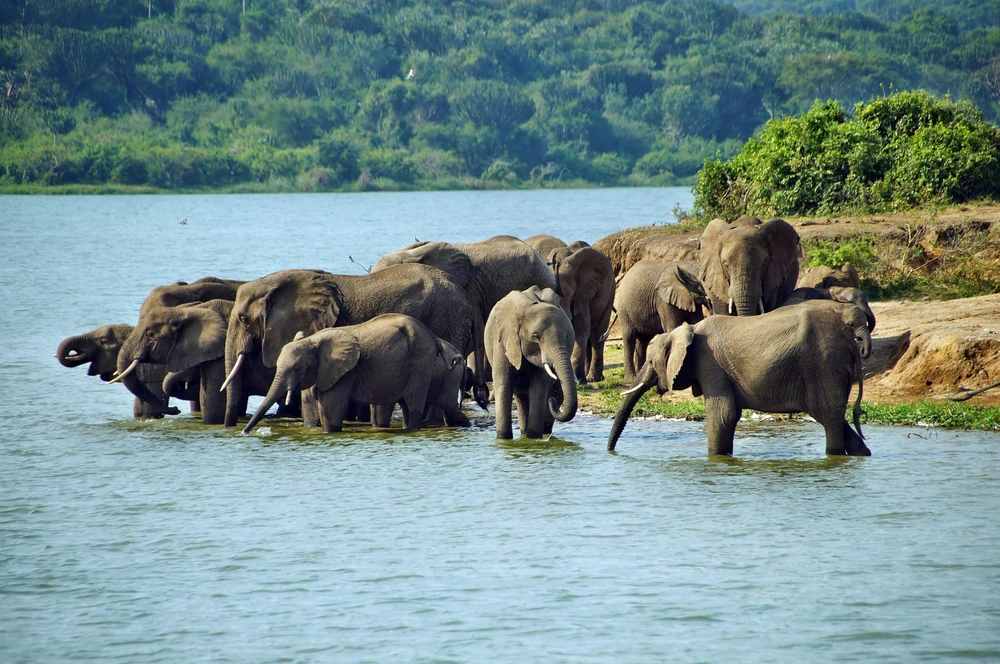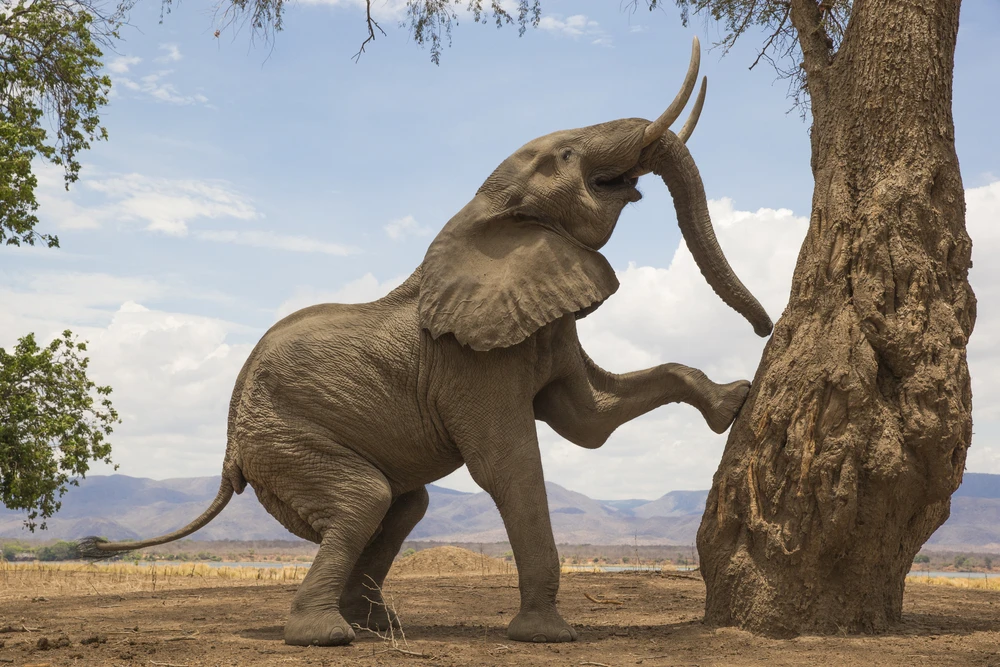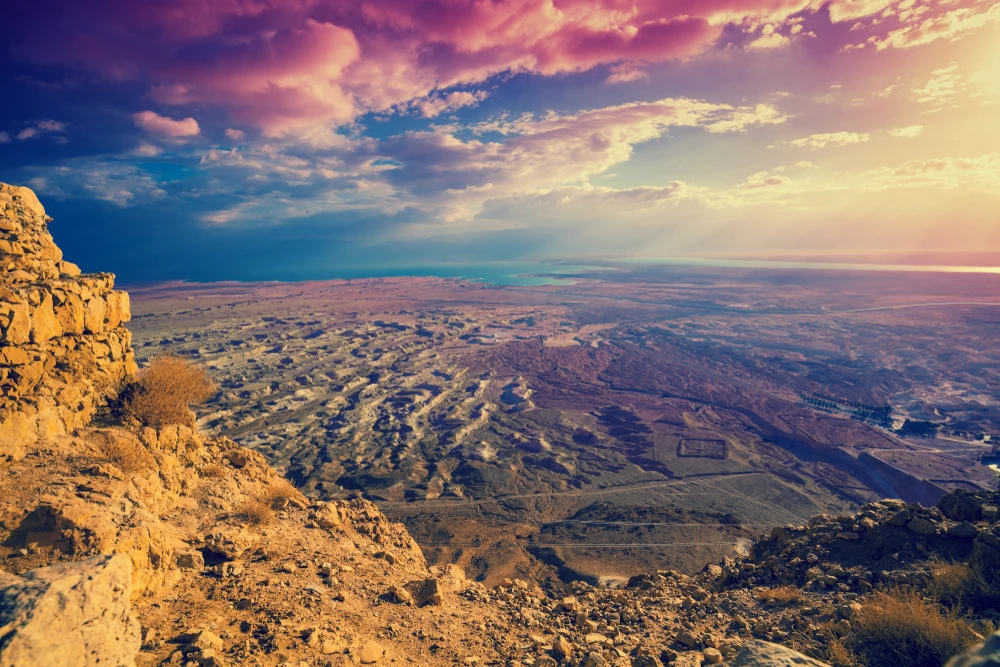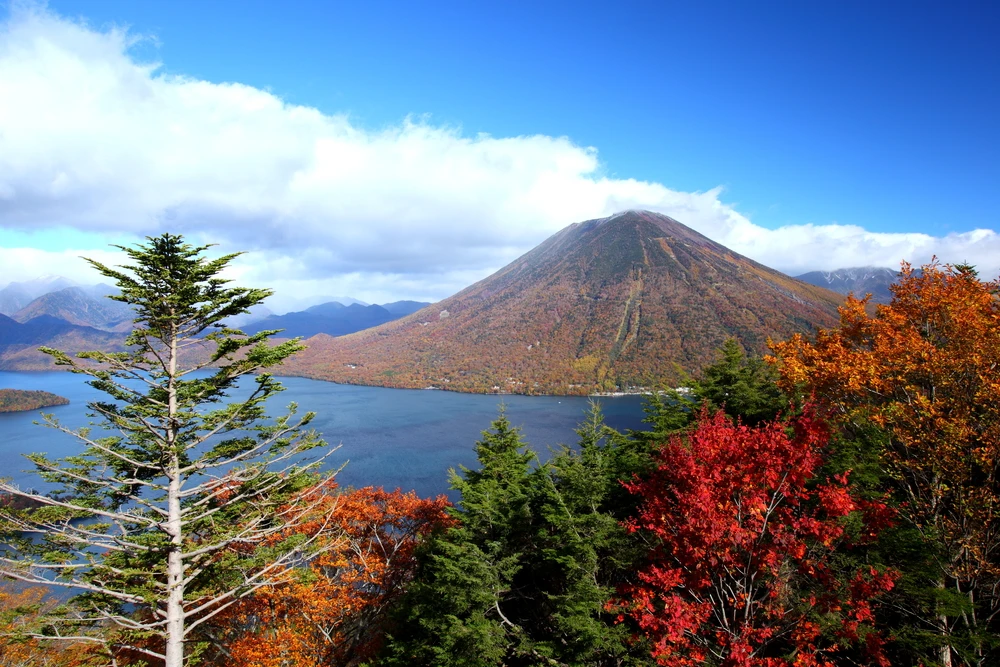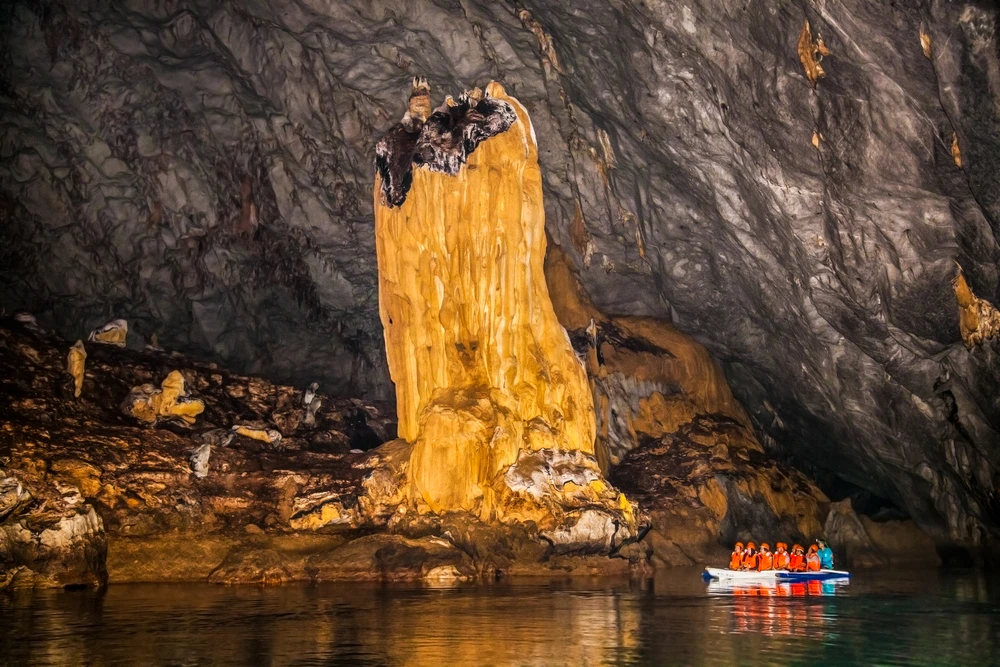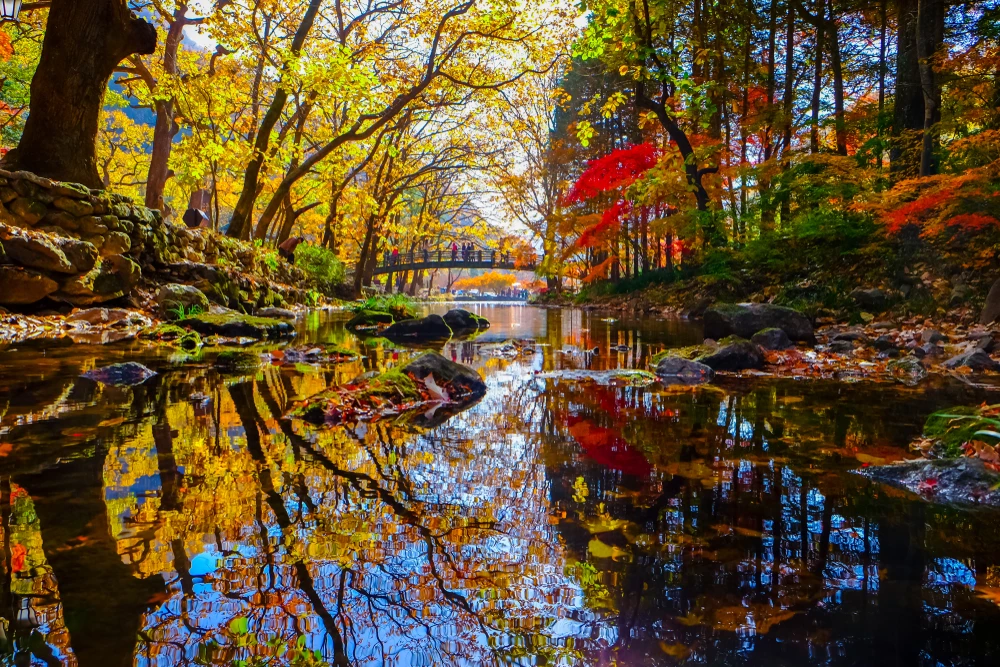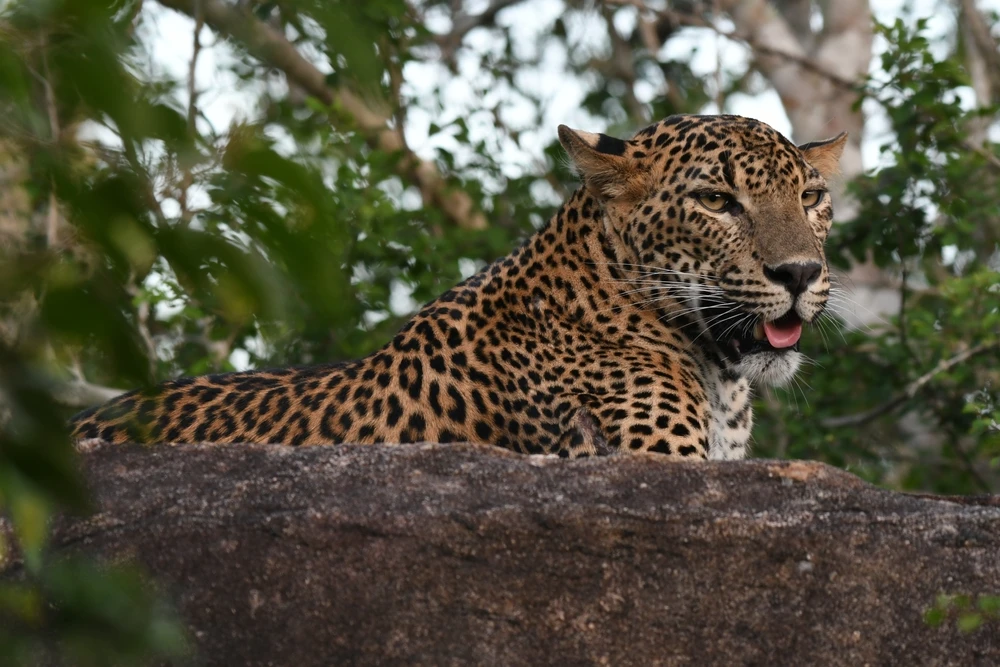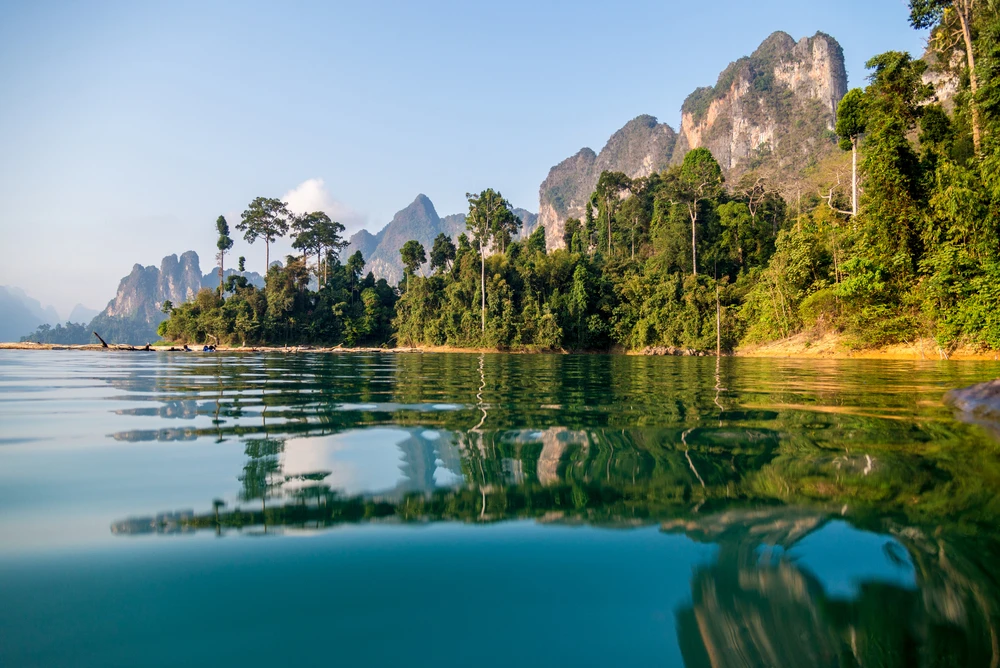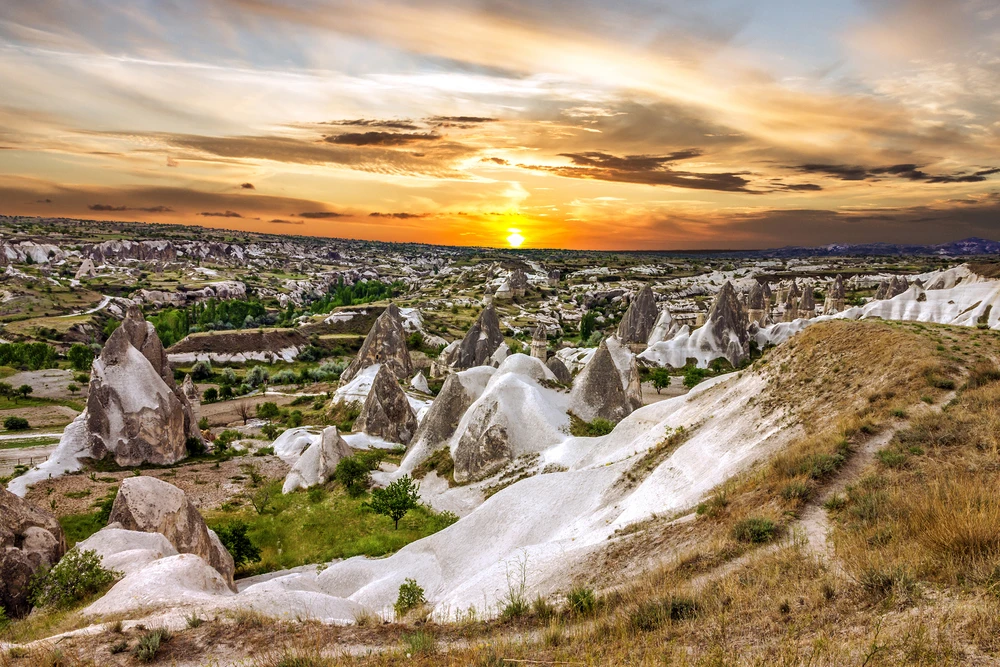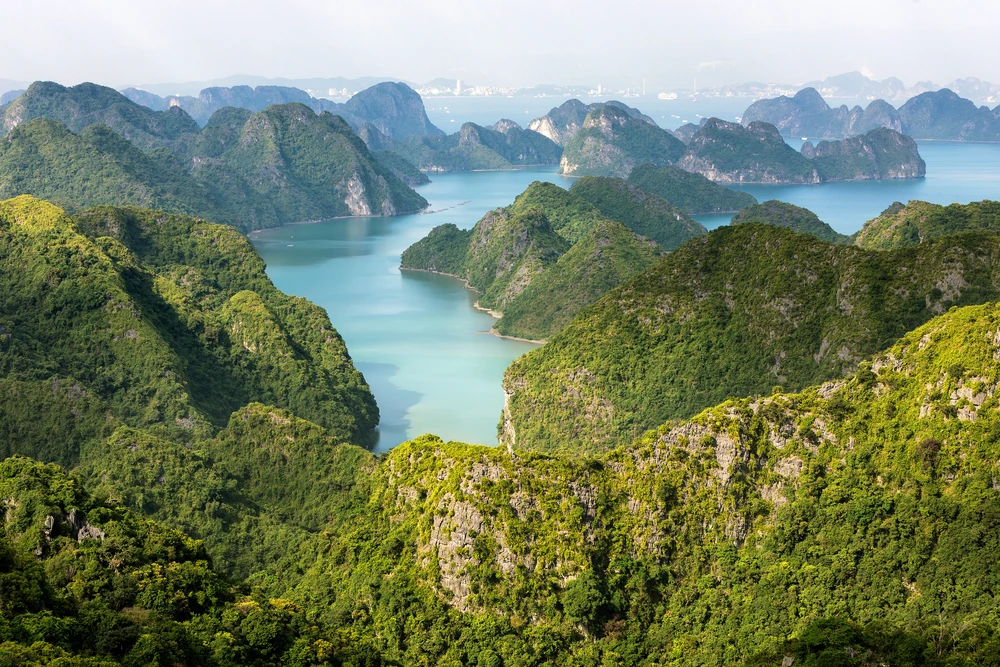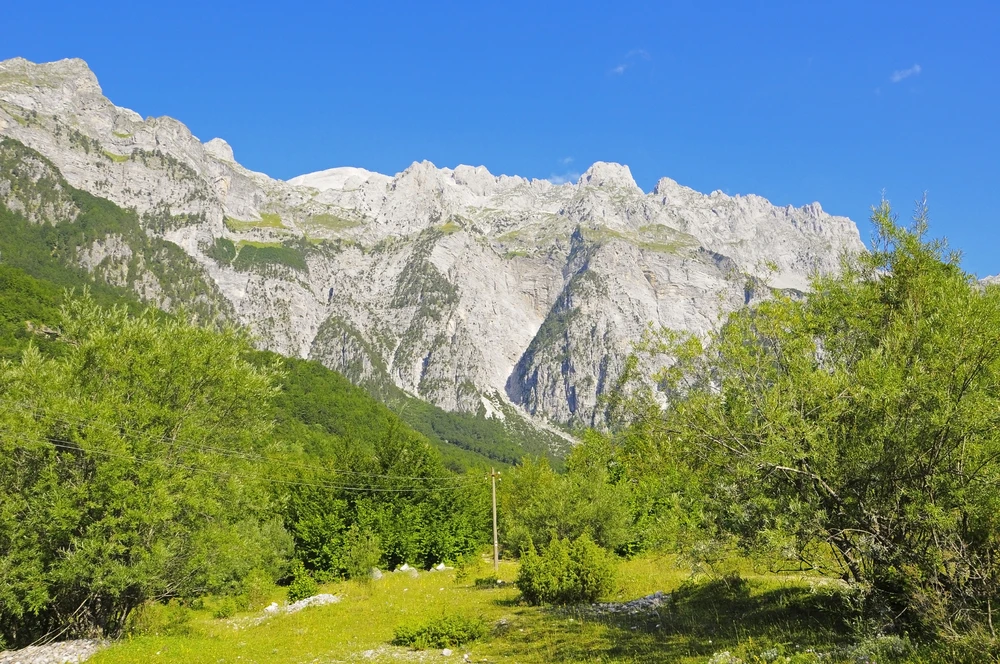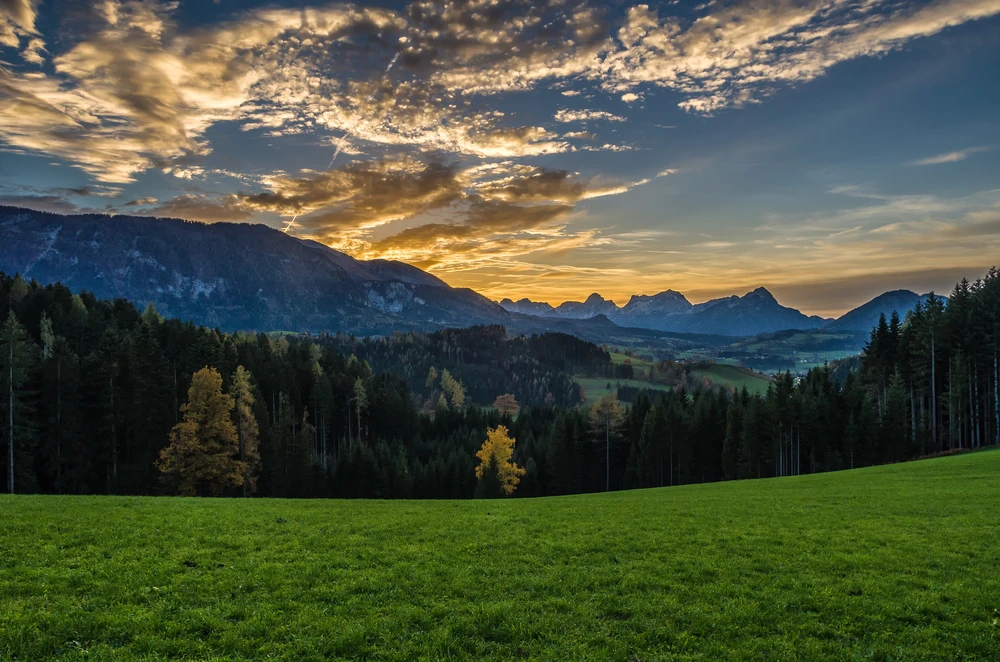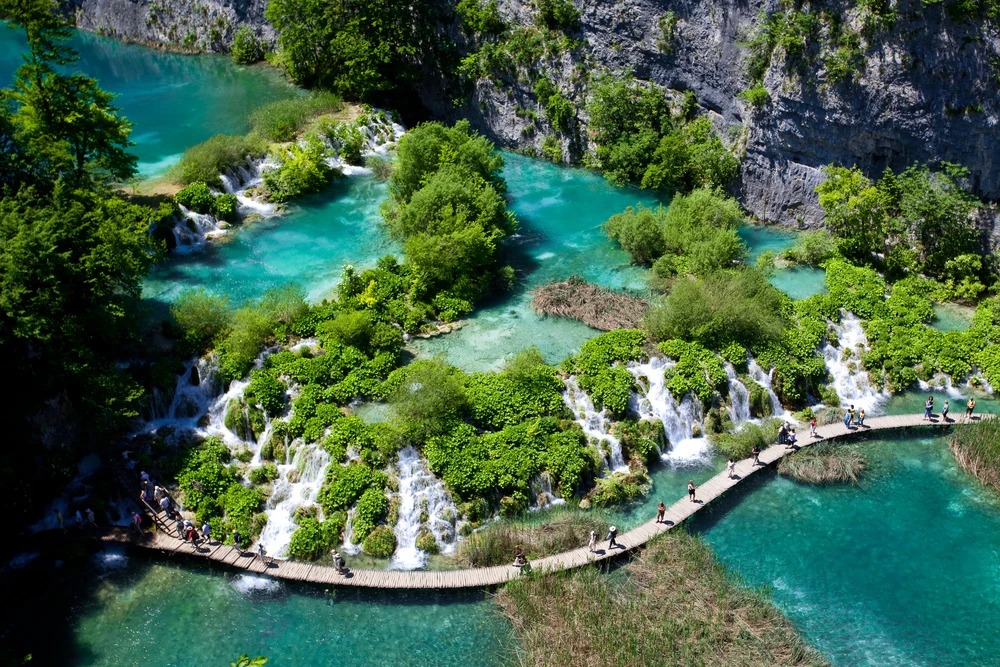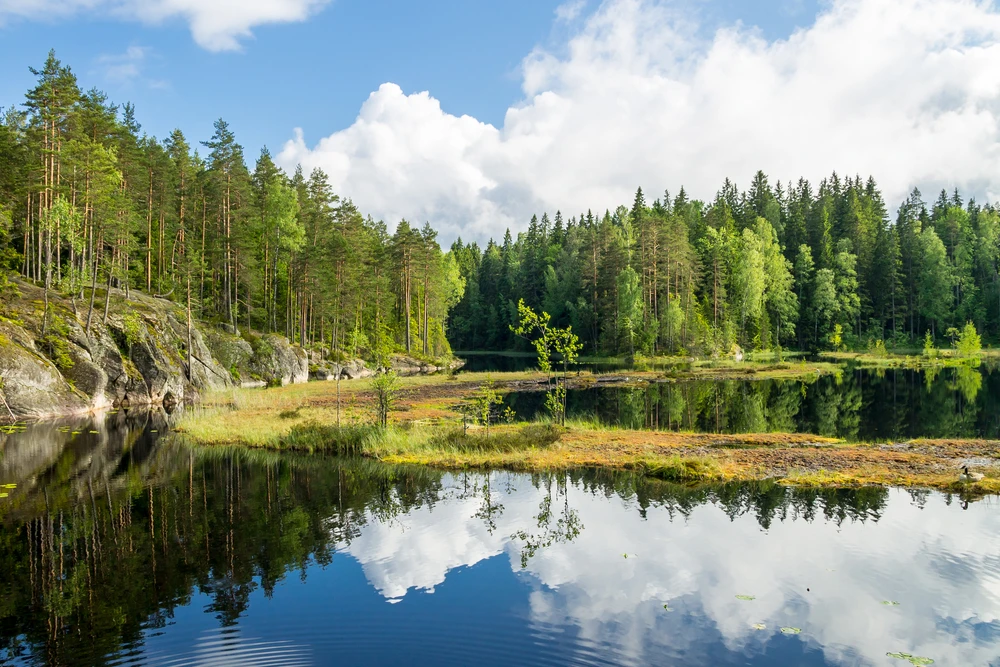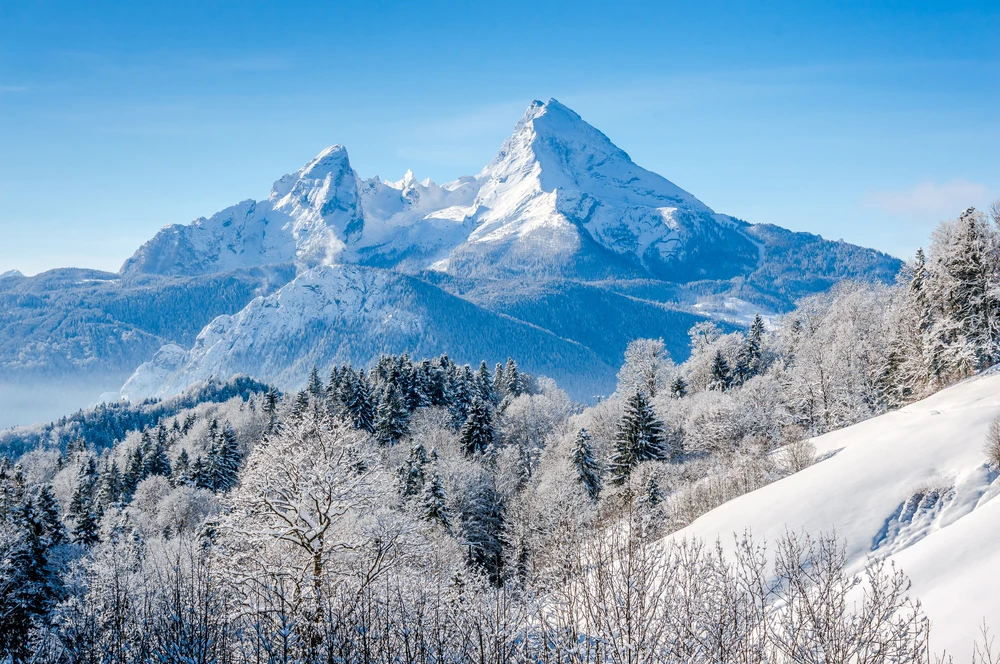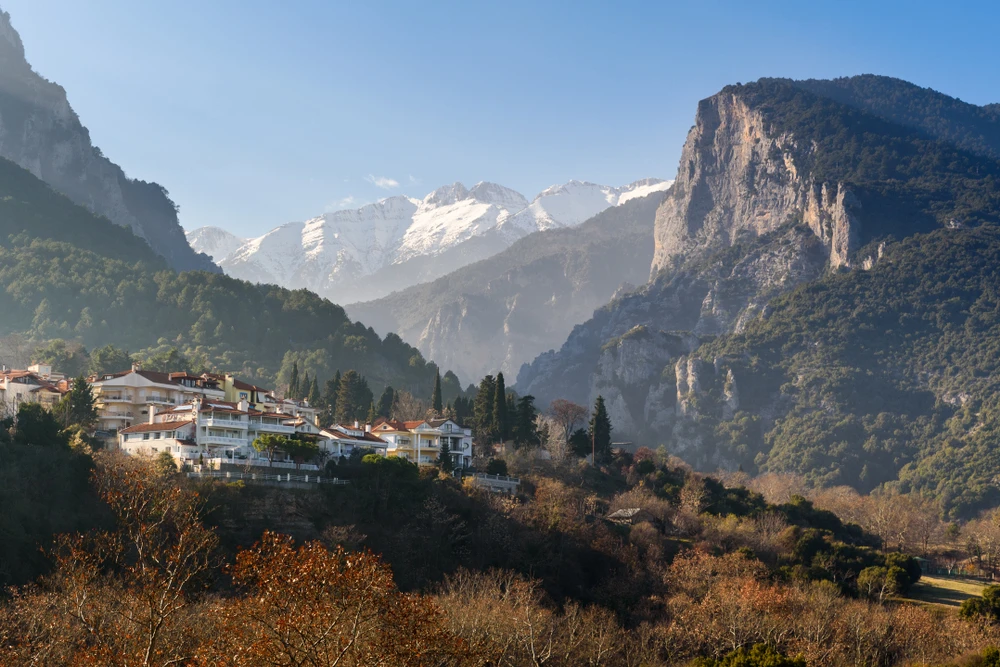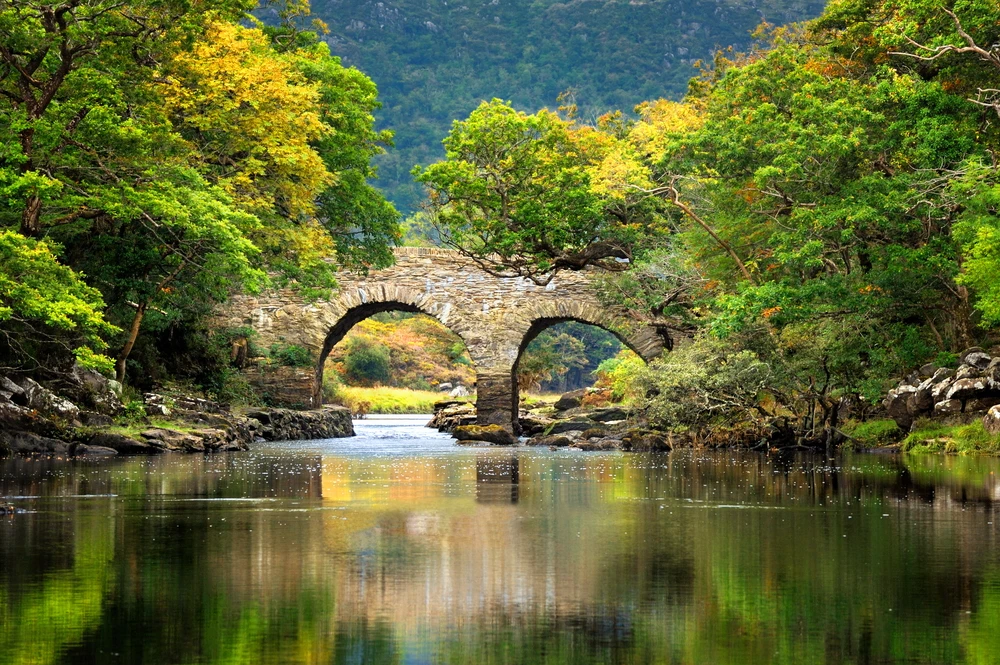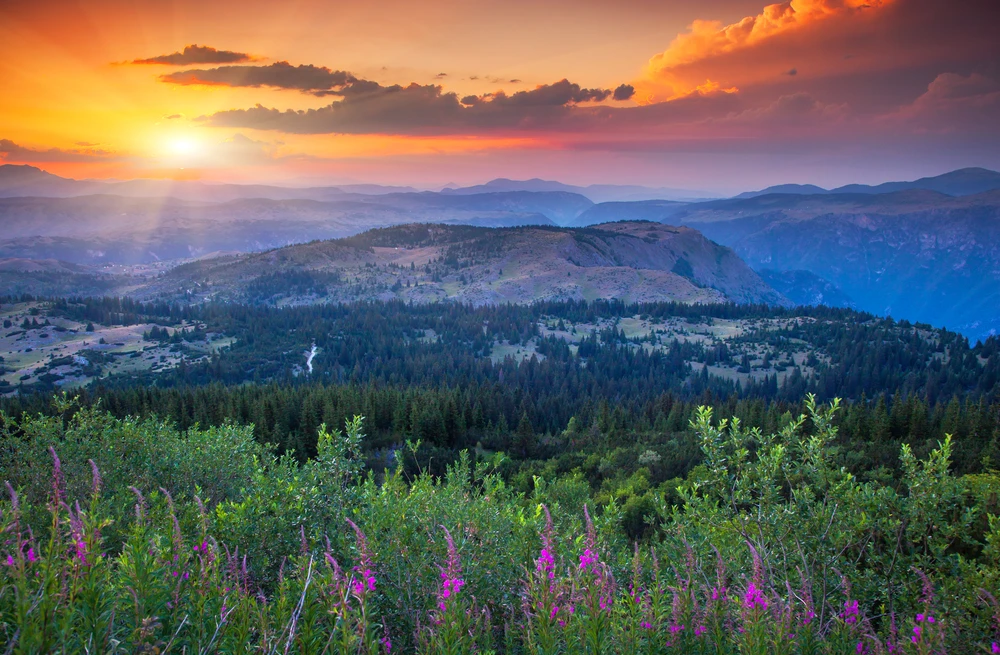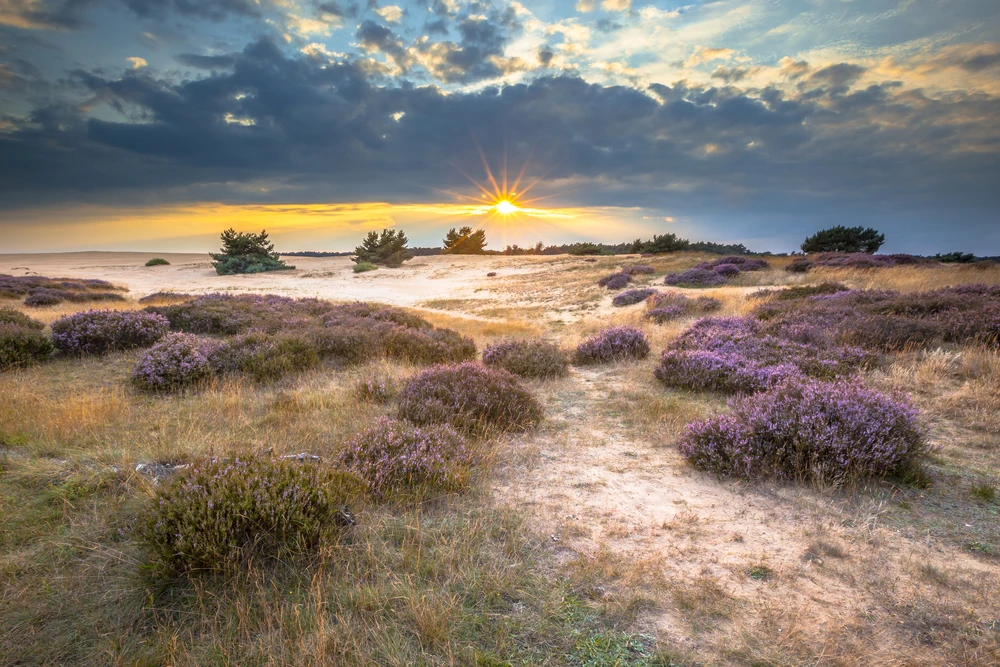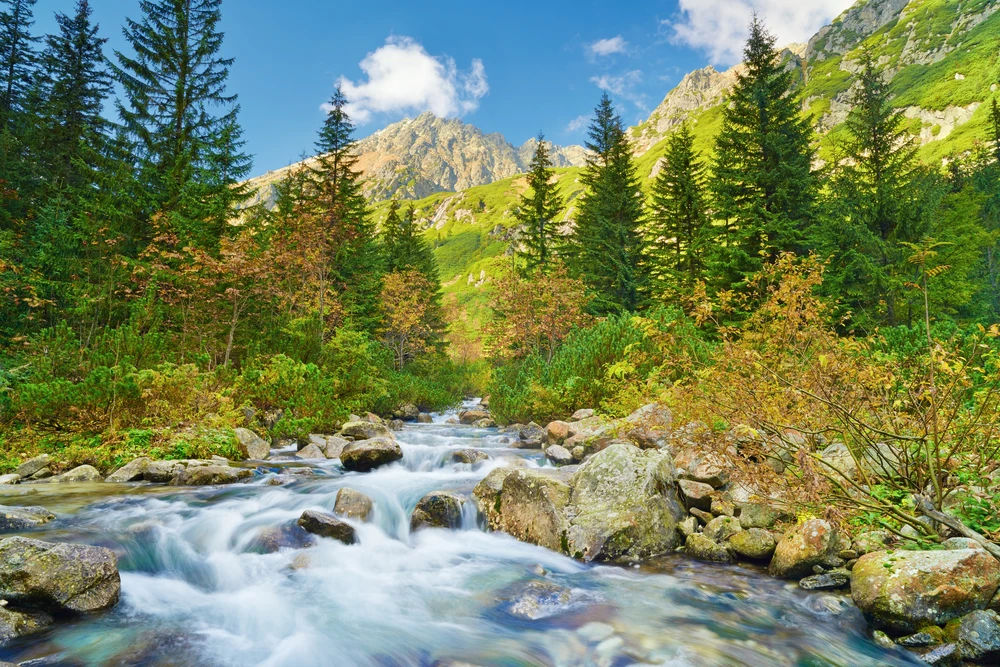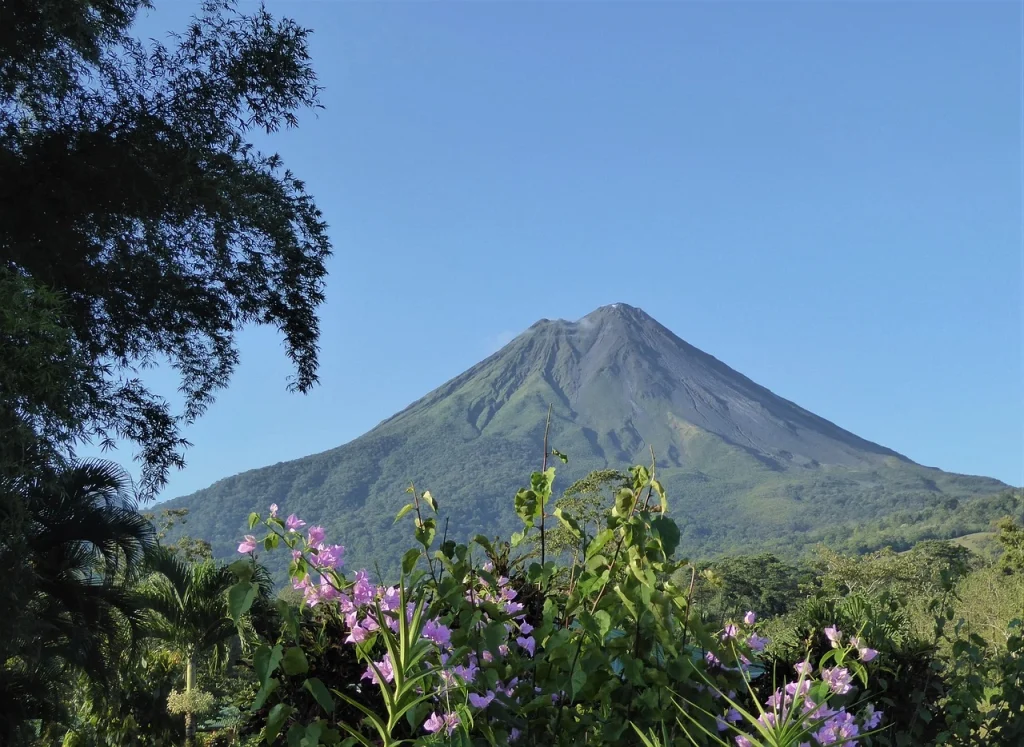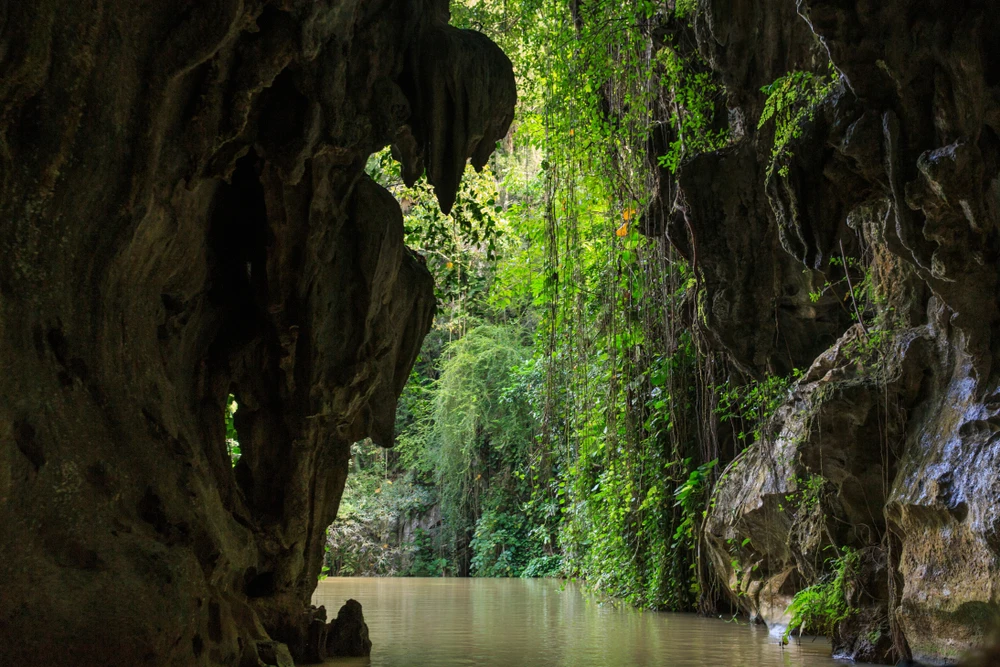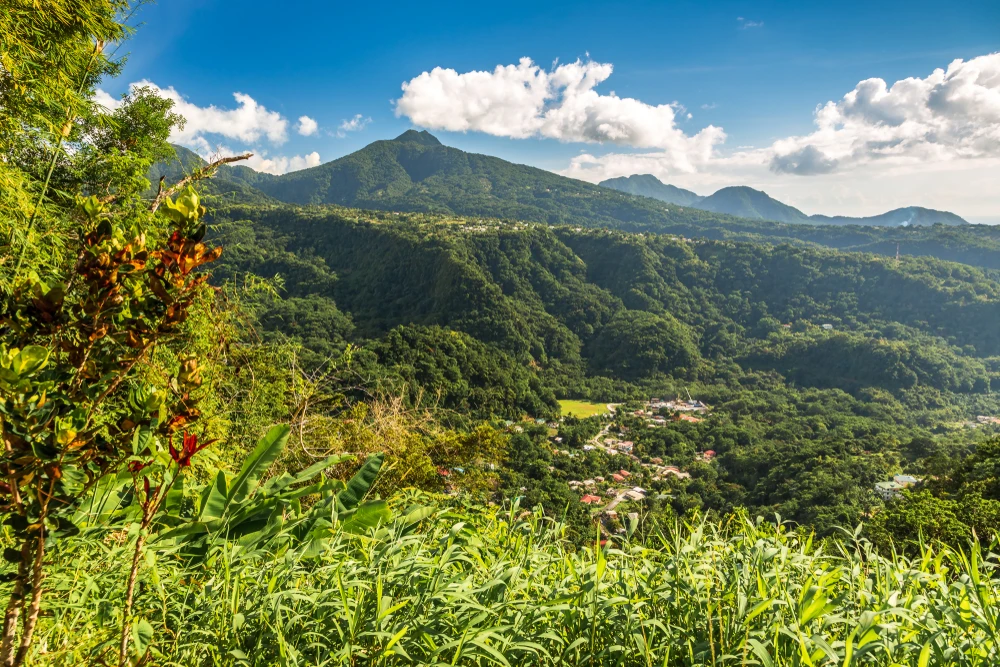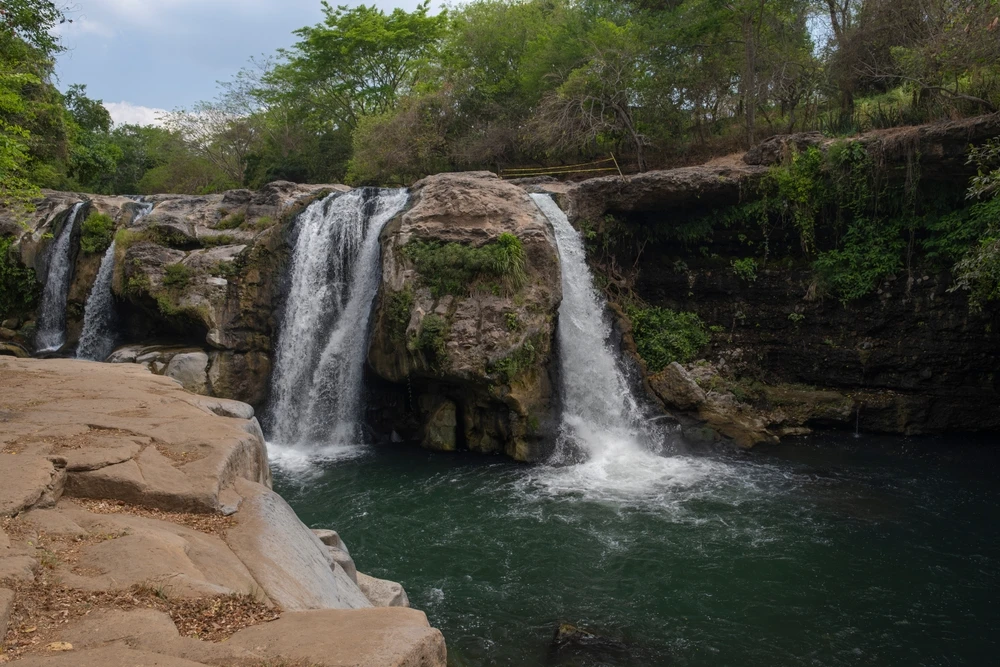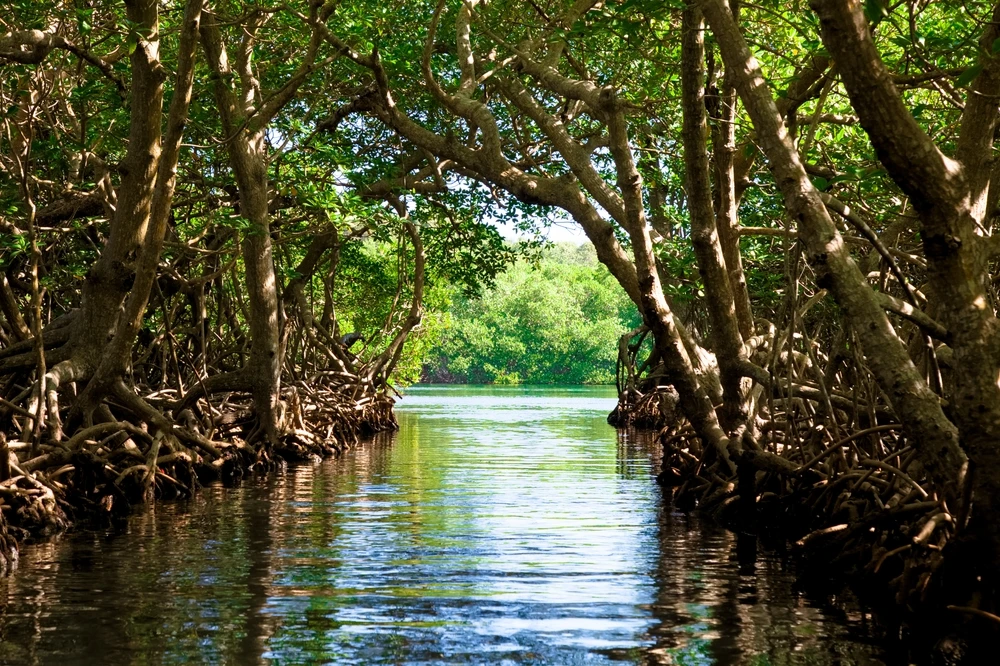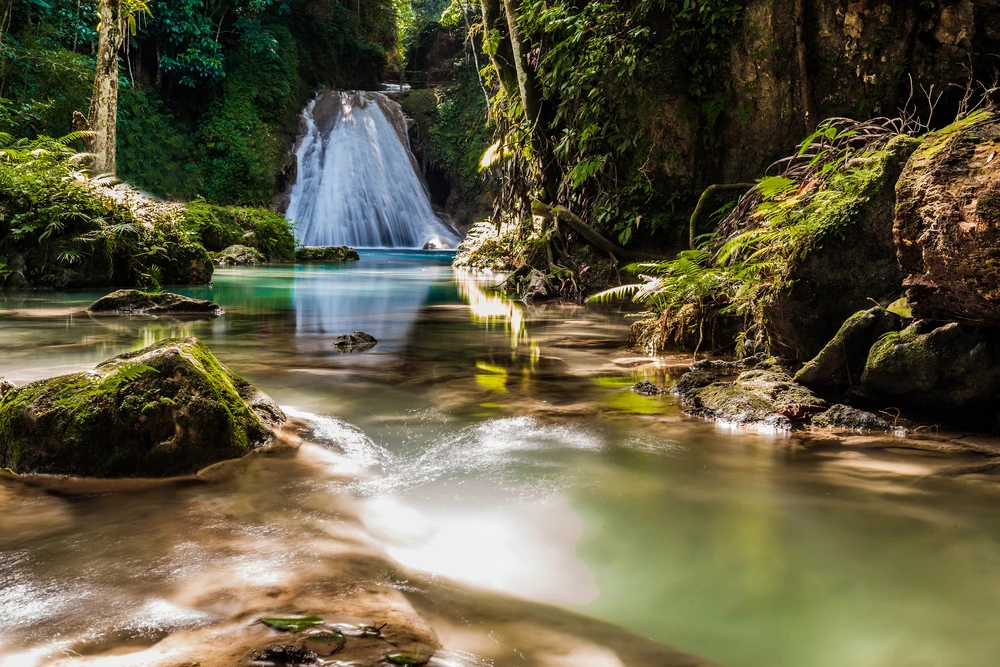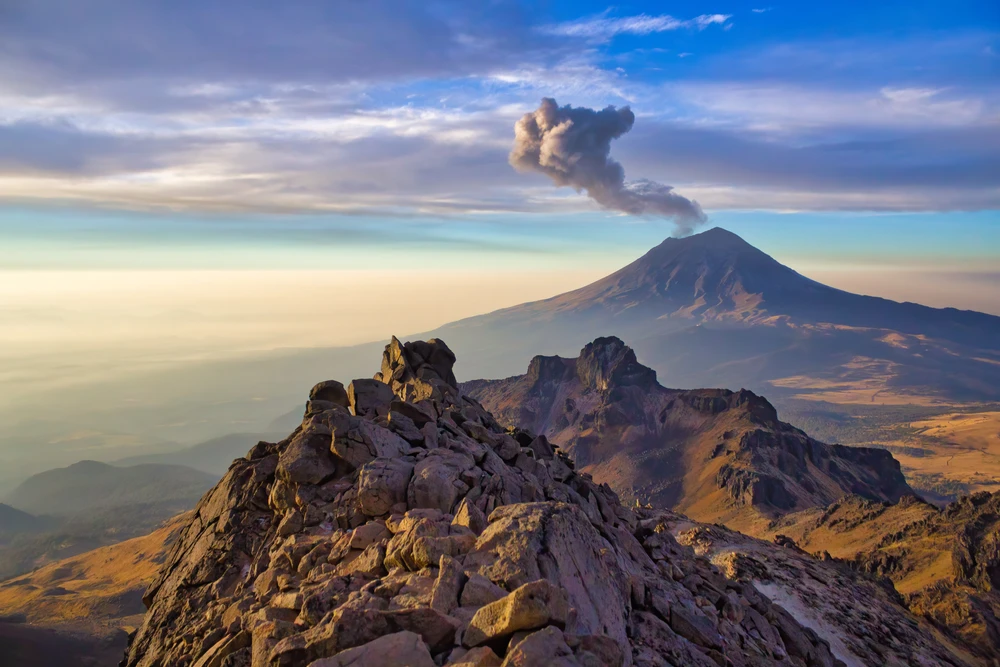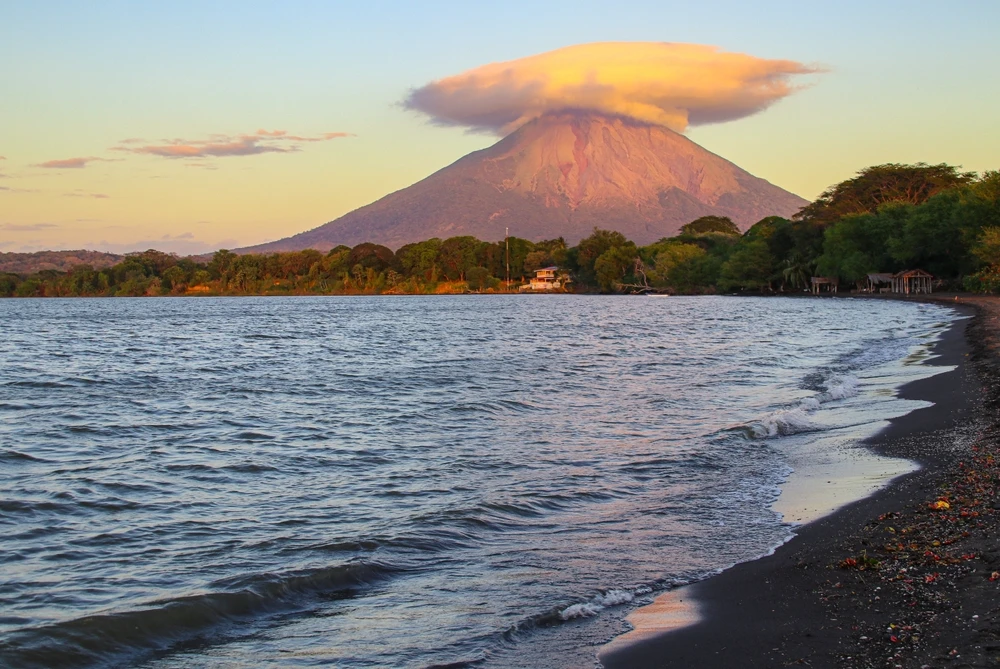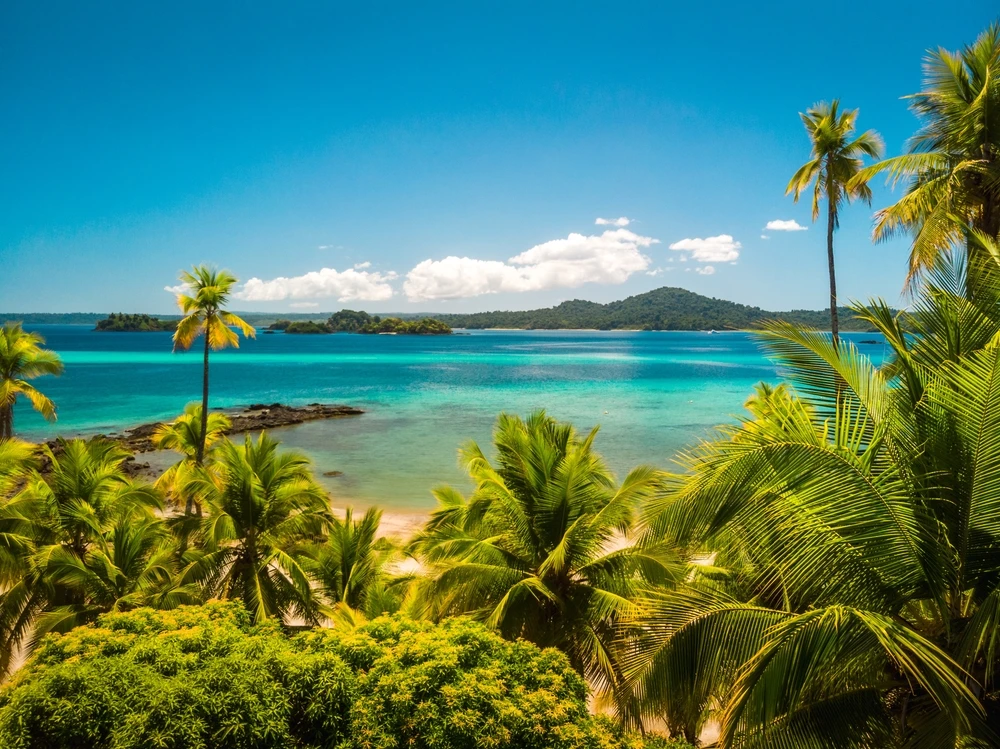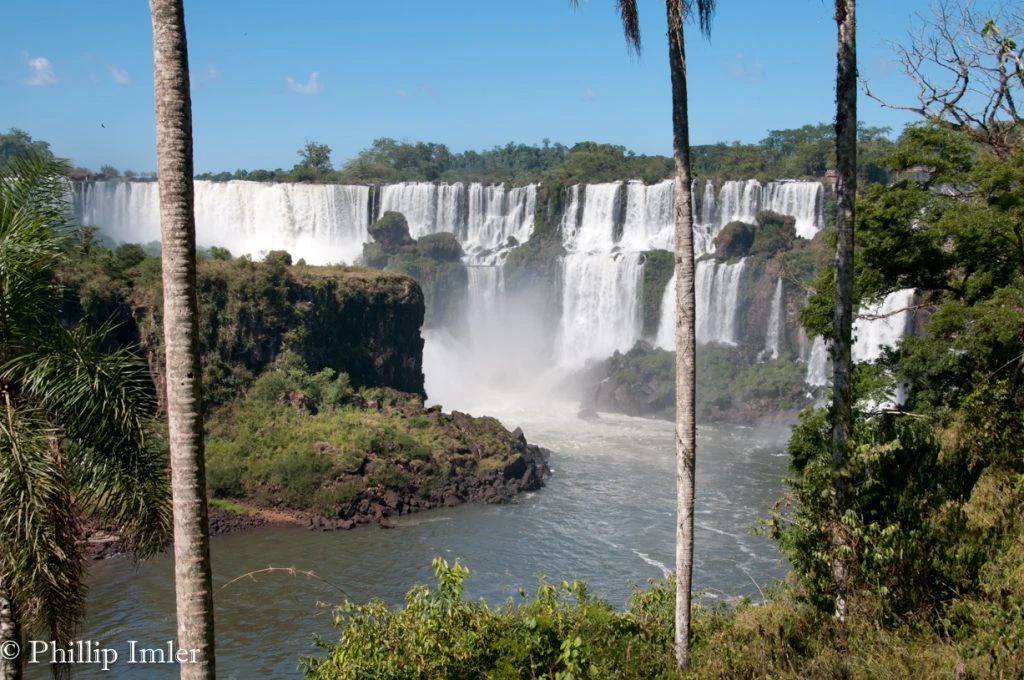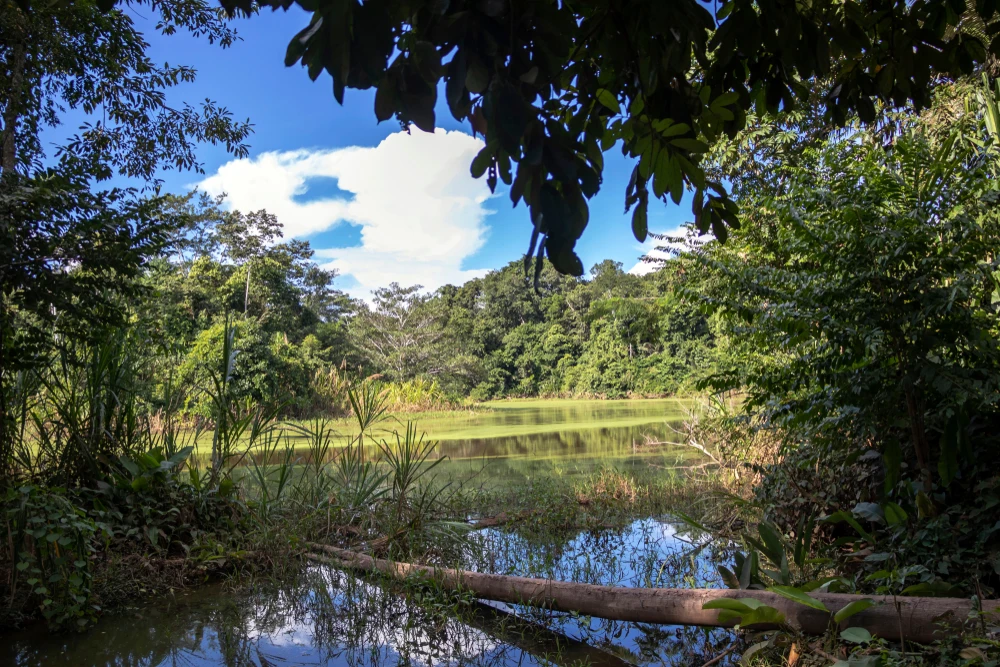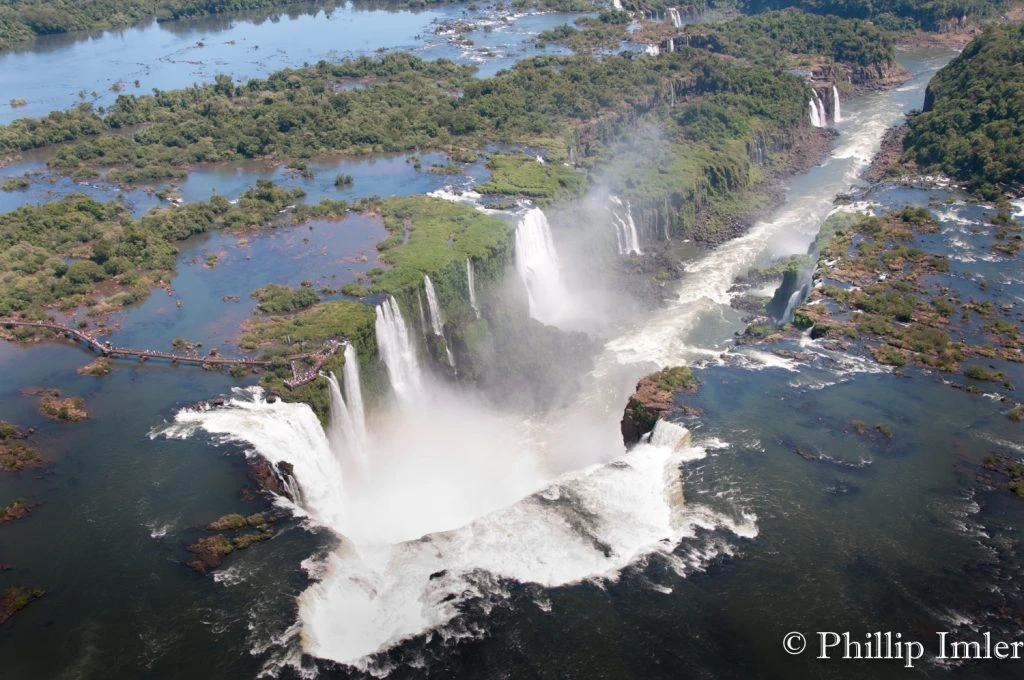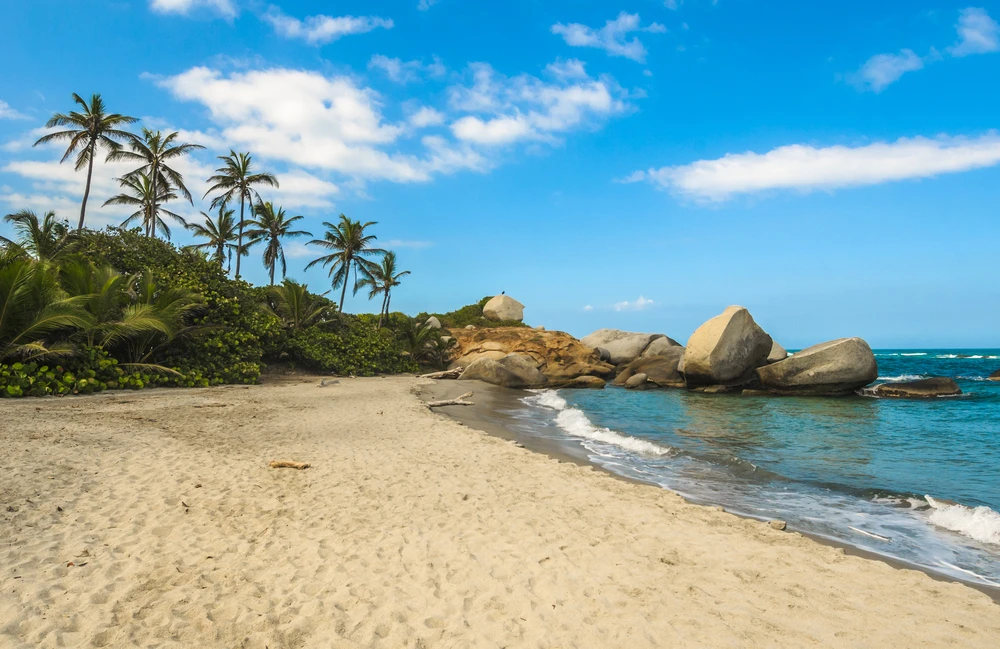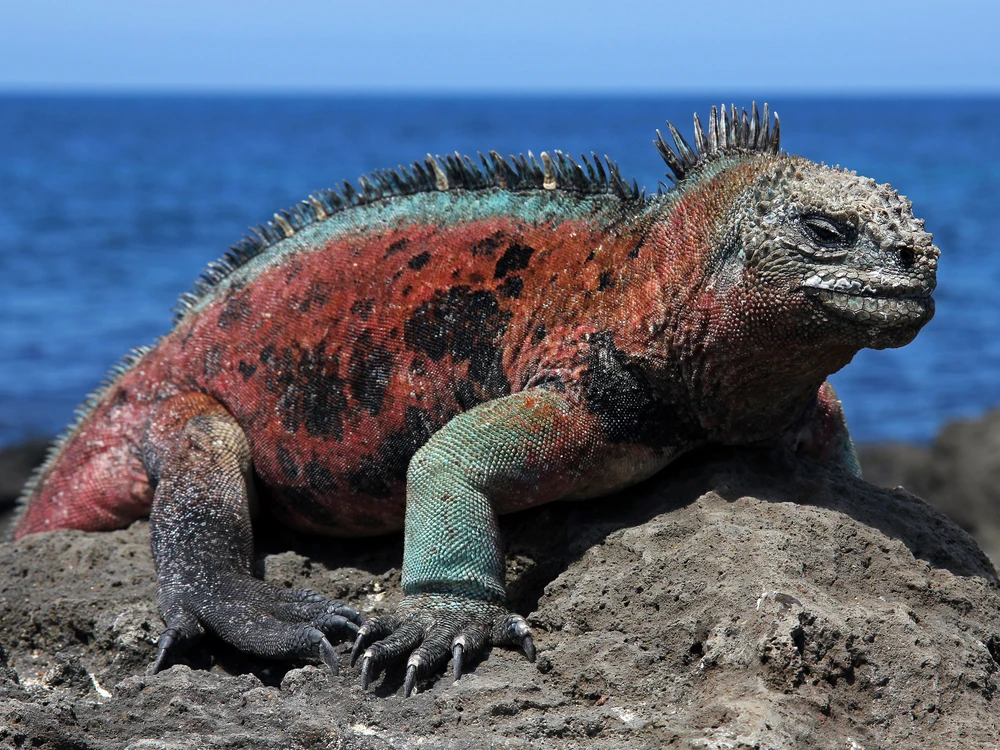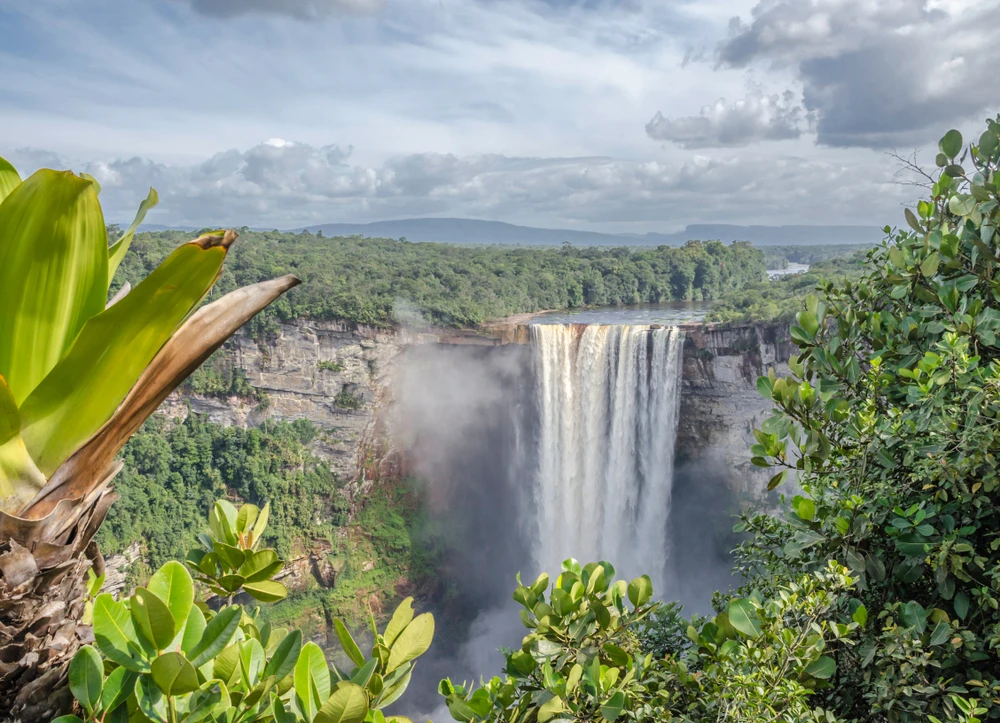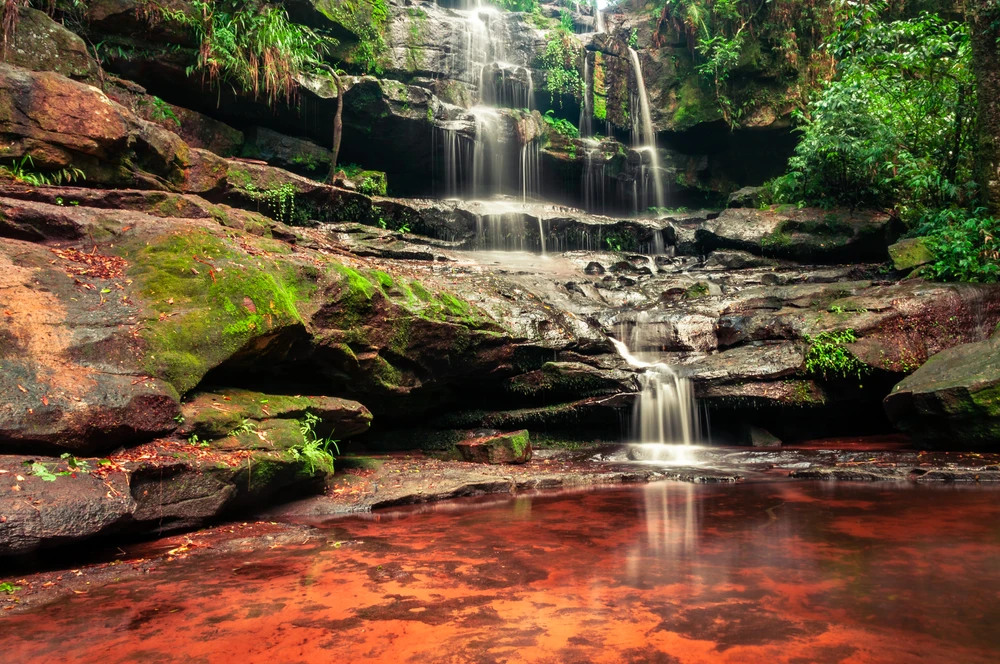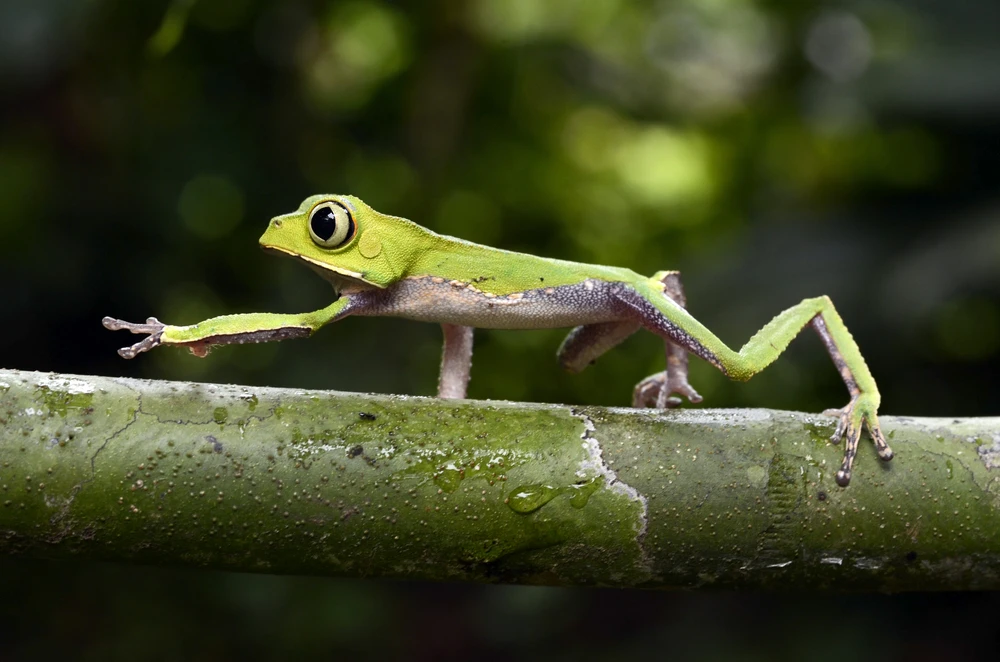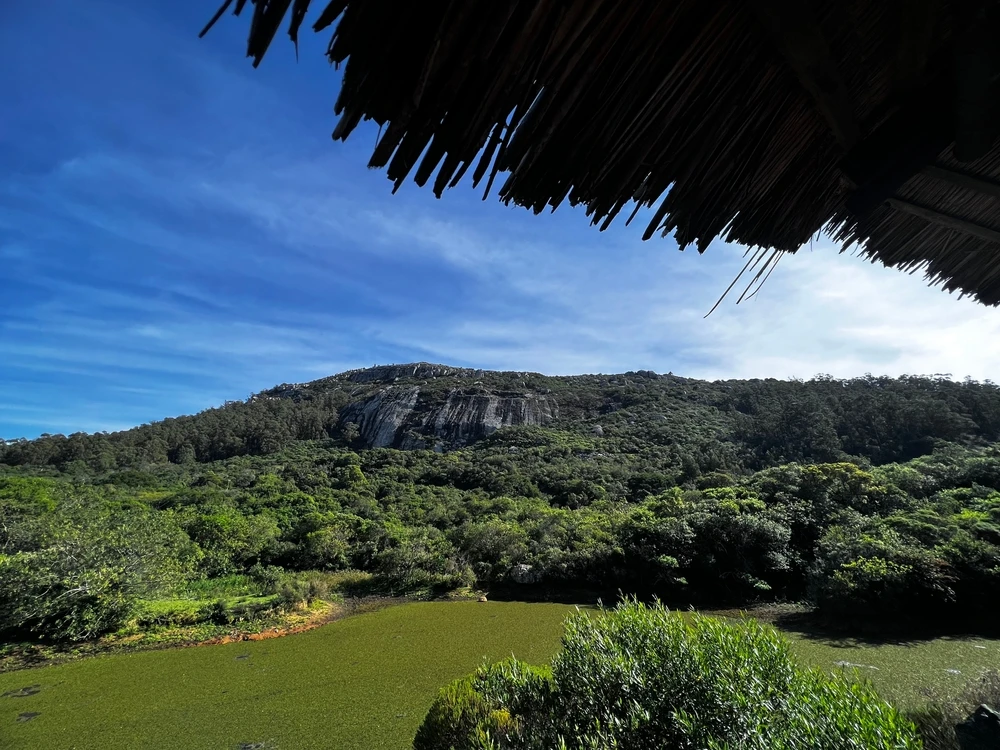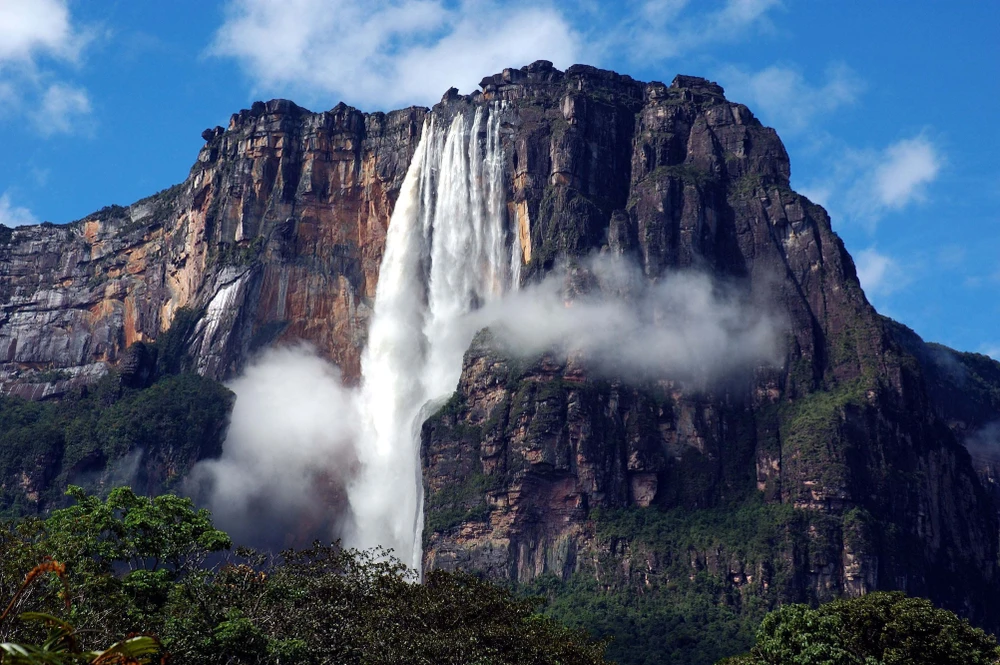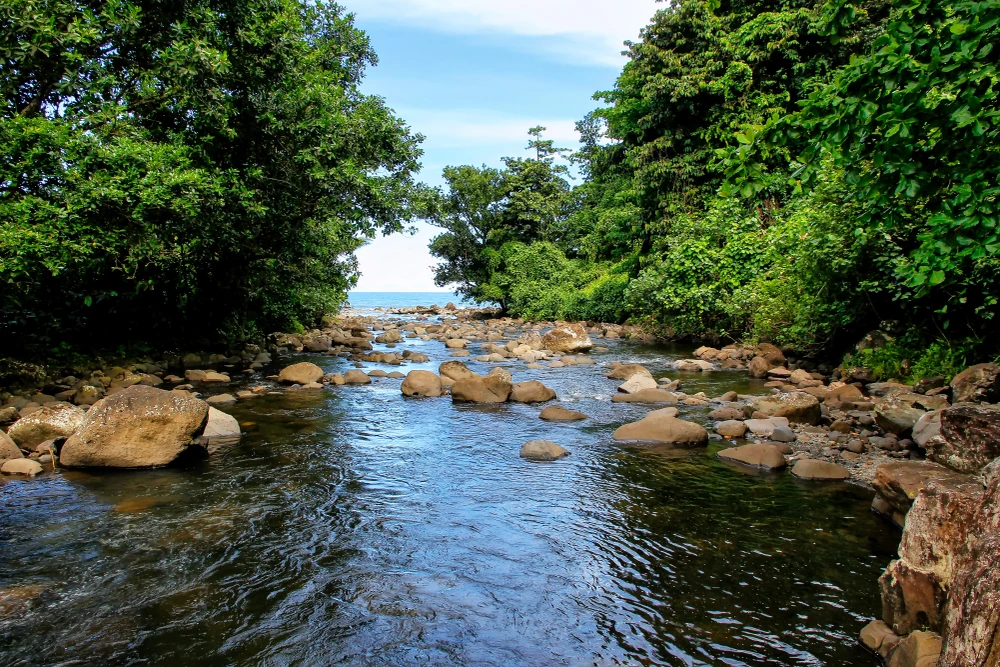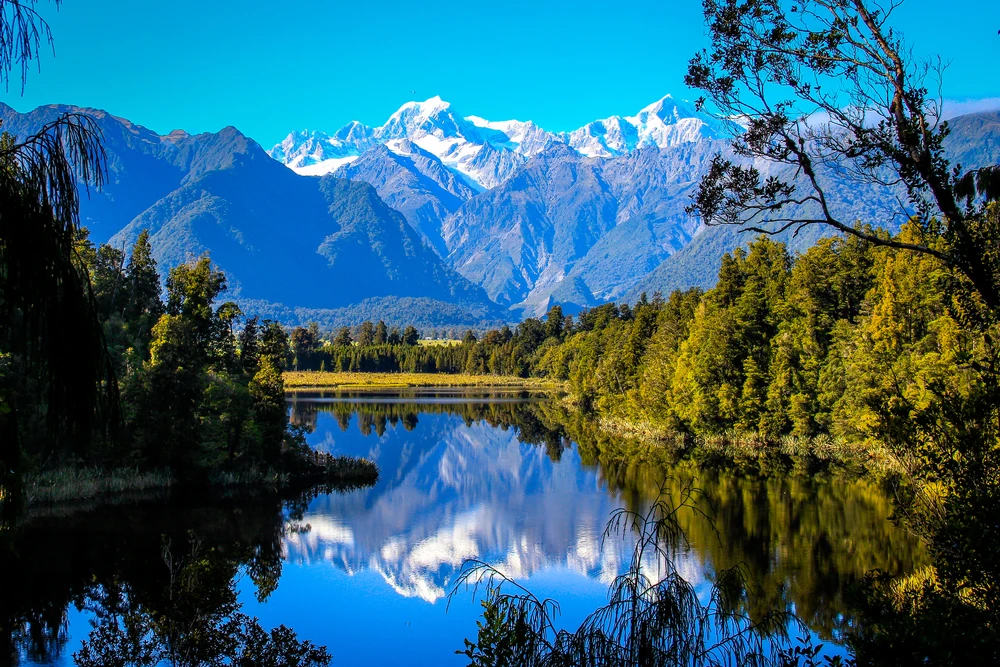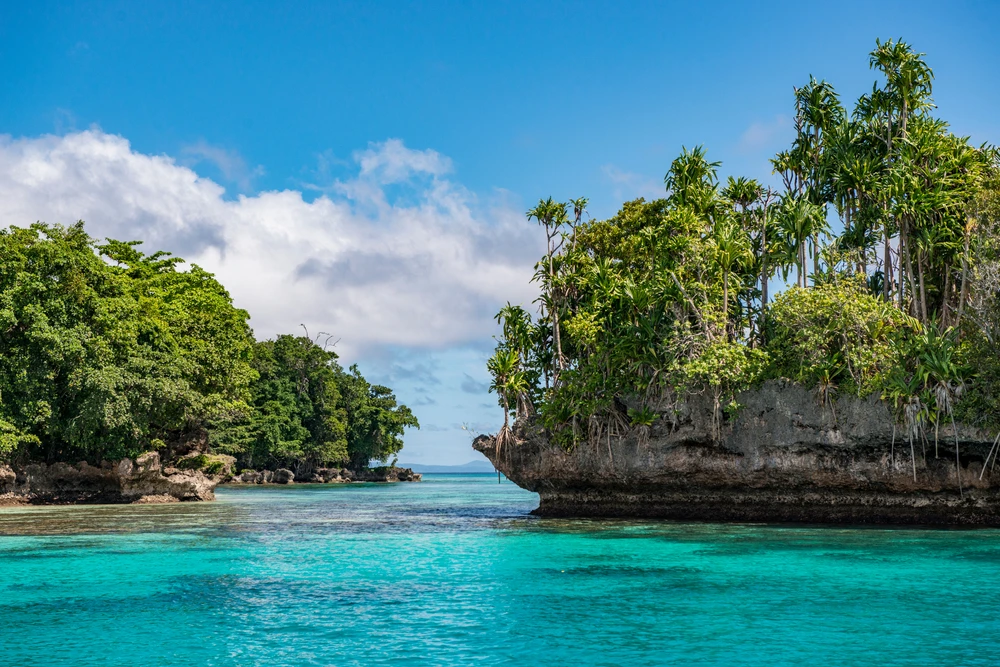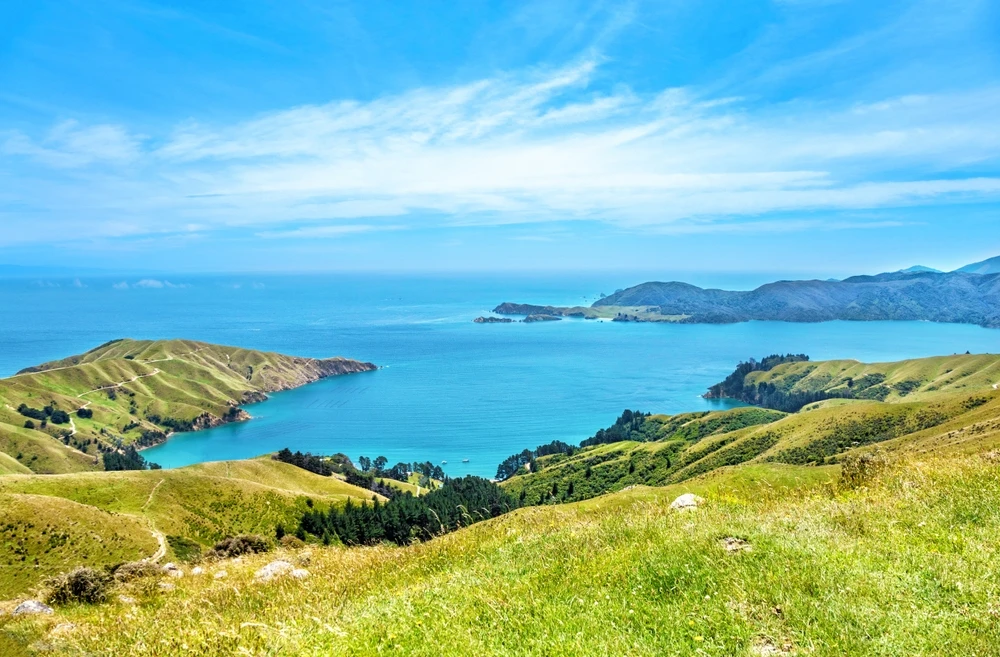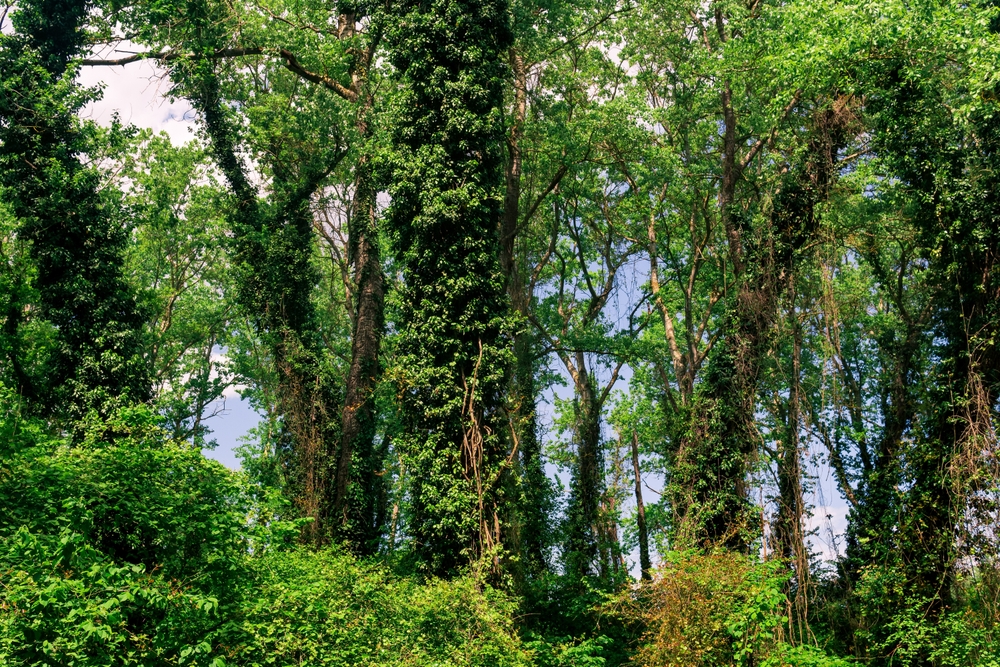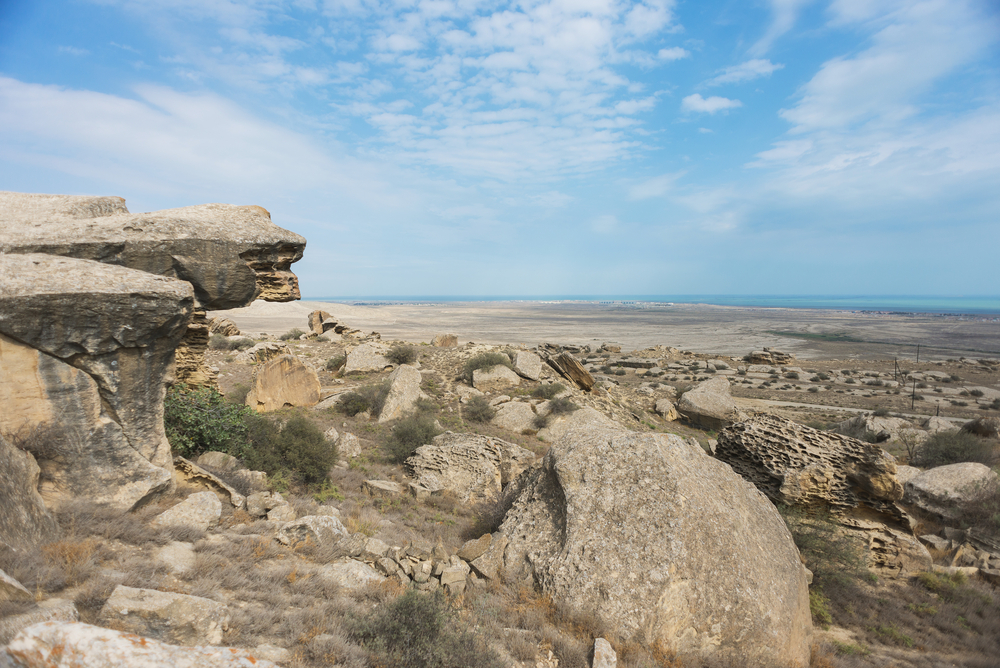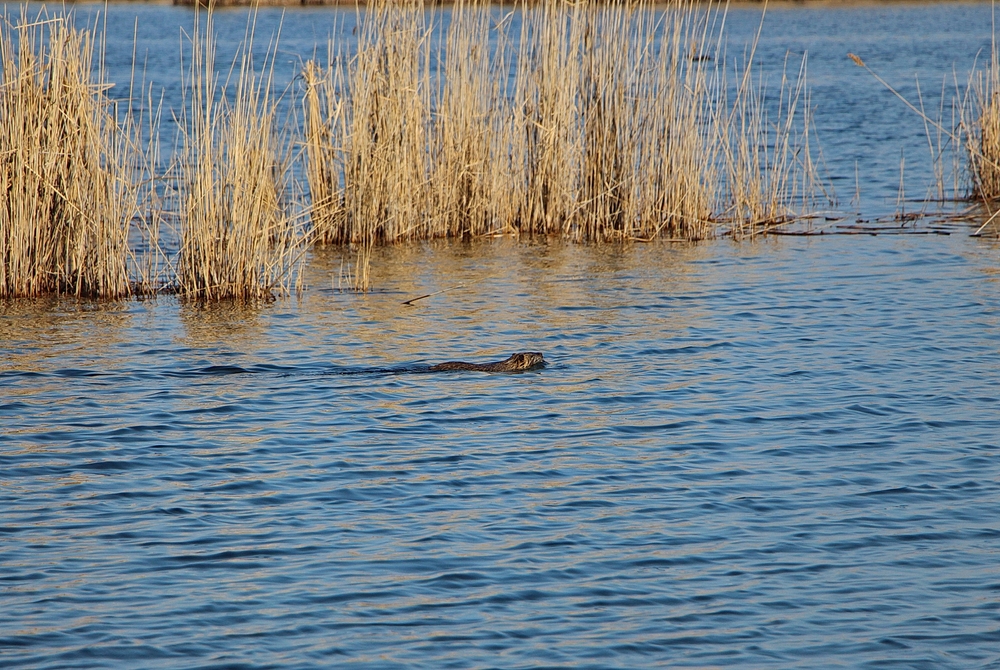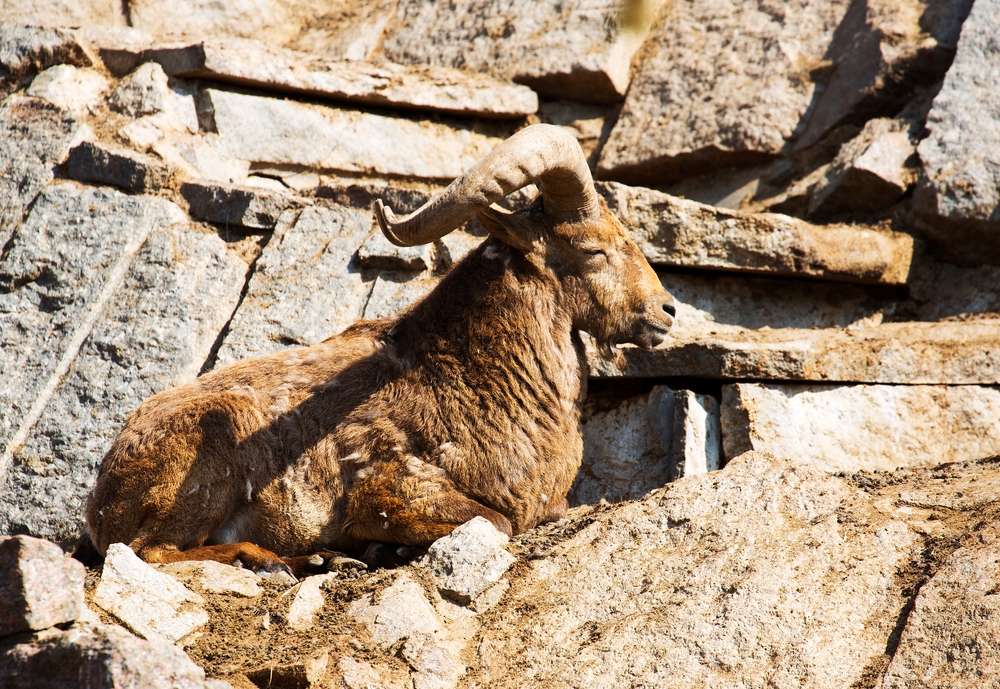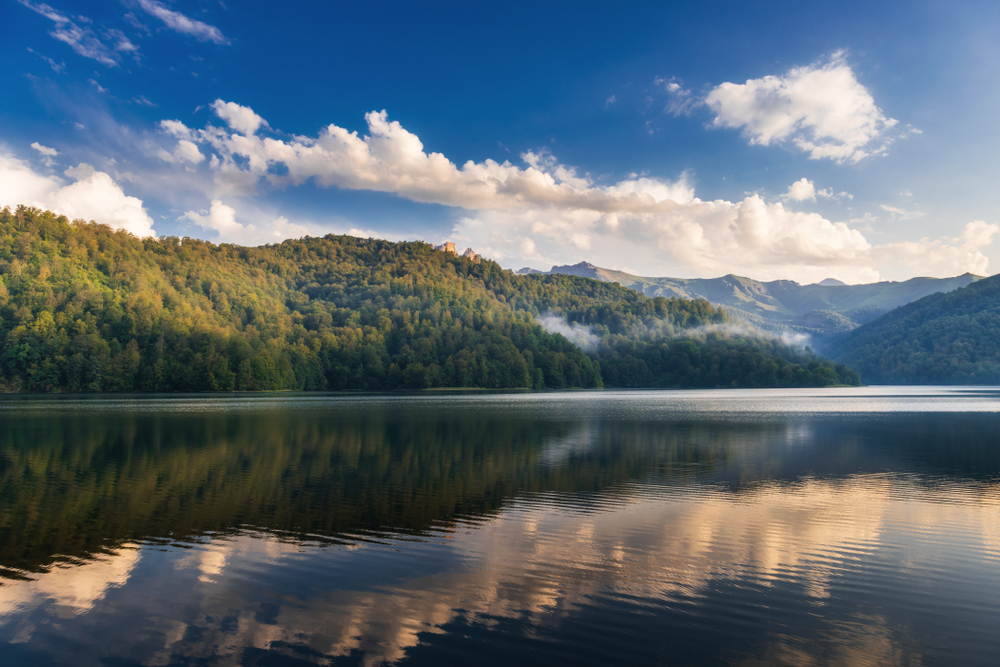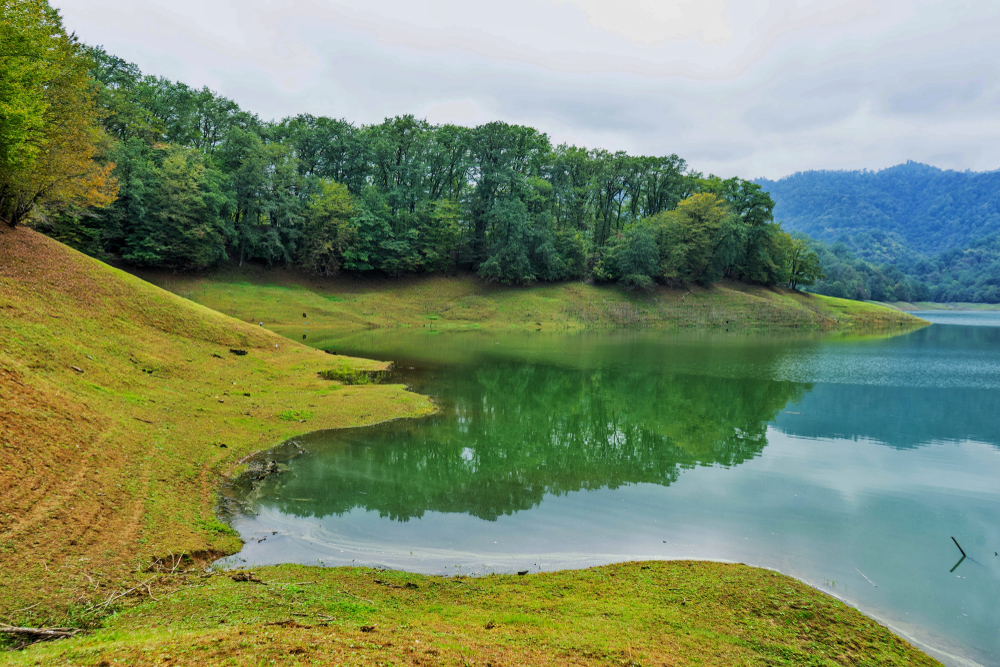Samur-Yalama Overview
Samur-Yalama National Park, locally known as Samur-Yalama Milli Parkı, is a stunning expanse of protected land located in northeastern Azerbaijan along the Caspian Sea coast. The park covers diverse ecosystems, from lush forests to sandy coastal areas, providing a striking contrast of terrain and vegetation. The region is characterized by lowland forests dominated by ancient Oriental beech, oak, and hornbeam trees, as well as patches of wetland vegetation near the river deltas. The proximity to the Caspian Sea also creates a unique environment where salt-tolerant plants thrive, adding to the park’s ecological diversity.
The park is a vital habitat for many species of wildlife, including the iconic Caspian red deer, wild boars, and a variety of small mammals like foxes and jackals. Birdwatchers will find Samur-Yalama particularly rewarding, as it is a critical migratory stopover for numerous bird species, including Dalmatian pelicans, herons, and several species of raptors. Reptiles such as turtles and lizards are also common in the drier areas, while amphibians can be found in the park’s marshlands and river systems. The Caspian Sea itself contributes to the biodiversity, supporting species like seals and a variety of fish, some of which are endemic to the region.
Visitors to Samur-Yalama National Park can engage in activities such as guided nature walks, birdwatching tours, and educational programs about the region’s flora and fauna. The park’s location along the Caspian coast makes it ideal for combining eco-tourism with relaxing beach activities. For those interested in photography, the contrasting landscapes and abundant wildlife offer endless opportunities to capture nature’s beauty. However, access to some areas may be restricted to protect sensitive habitats and ensure minimal human impact on wildlife.
Despite its natural beauty, Samur-Yalama faces challenges that threaten its ecological balance. Human activities such as illegal logging, poaching, and pollution from nearby industrial areas pose significant risks to the park’s delicate ecosystems. Climate change and rising sea levels also threaten the coastal habitats and wetlands. In response, Azerbaijan’s government, along with international conservation organizations, has initiated programs to promote sustainable tourism, enhance habitat protection, and raise awareness about the importance of preserving this unique area. Local communities are being engaged in conservation efforts, ensuring that their livelihoods are aligned with the goals of protecting the park.
Samur-Yalama National Park is a remarkable testament to Azerbaijan’s rich biodiversity and commitment to conservation. Its diverse landscapes, abundant wildlife, and opportunities for immersive nature experiences make it a must-visit destination for eco-tourists and nature enthusiasts. By prioritizing sustainable practices and addressing conservation challenges, this park stands as a beacon of hope for preserving the natural heritage of the Caspian region for generations to come.

